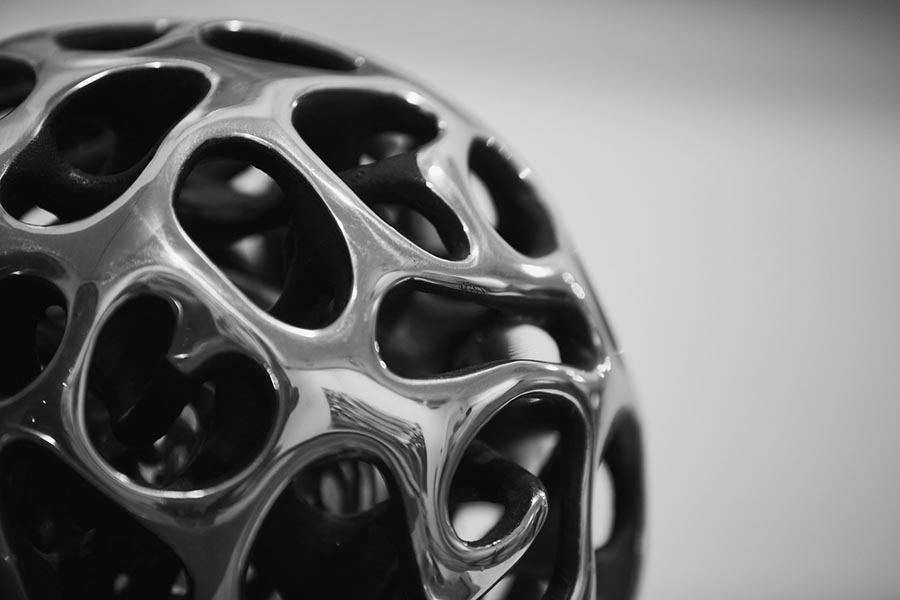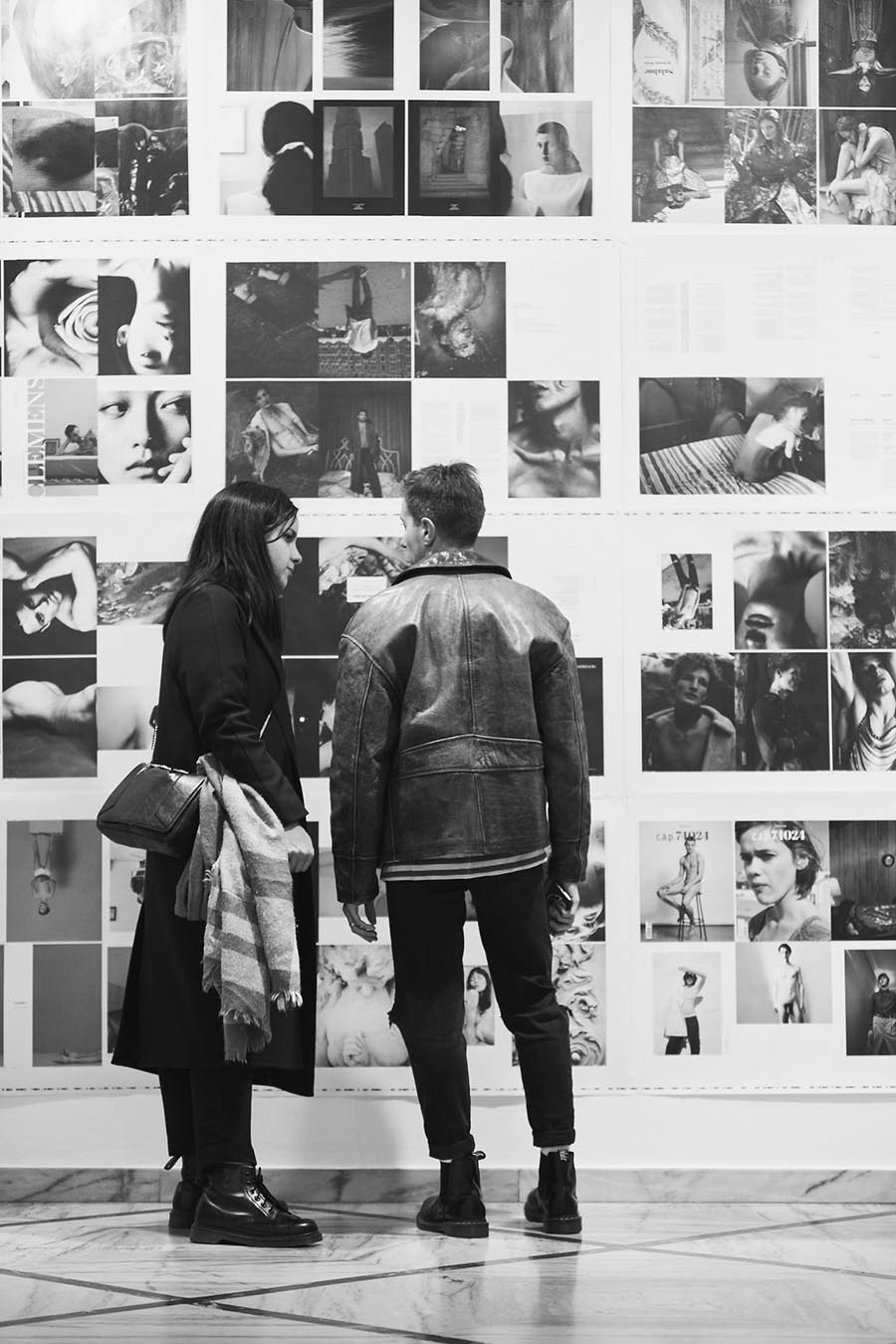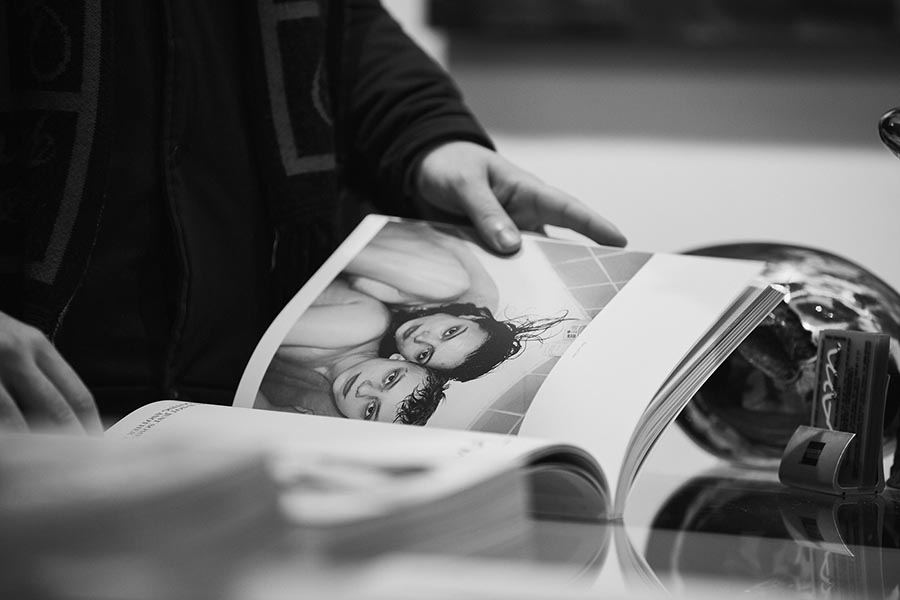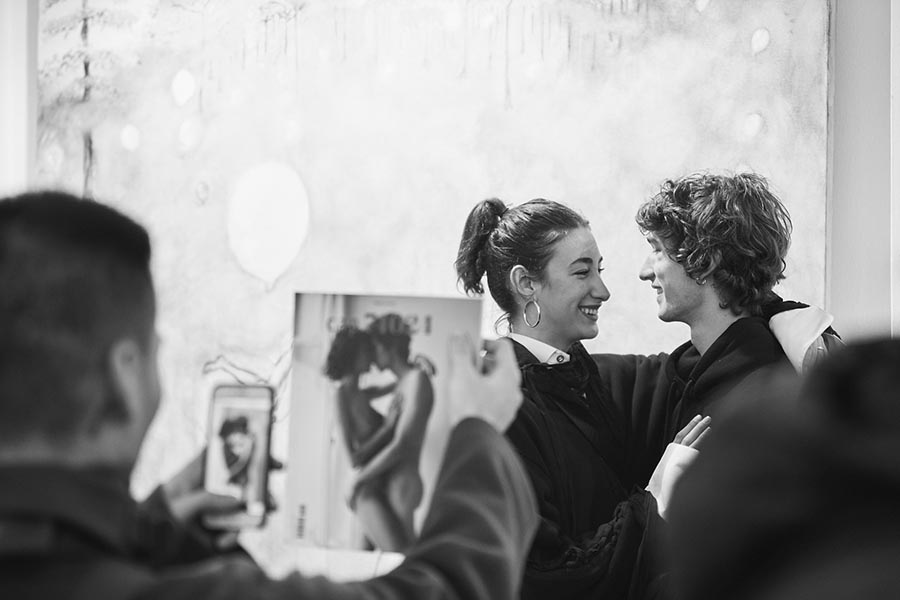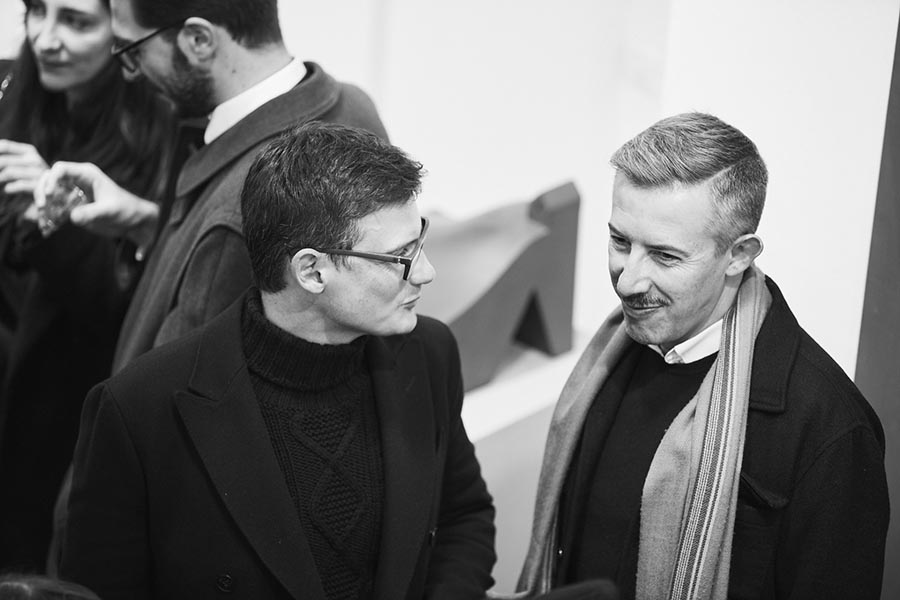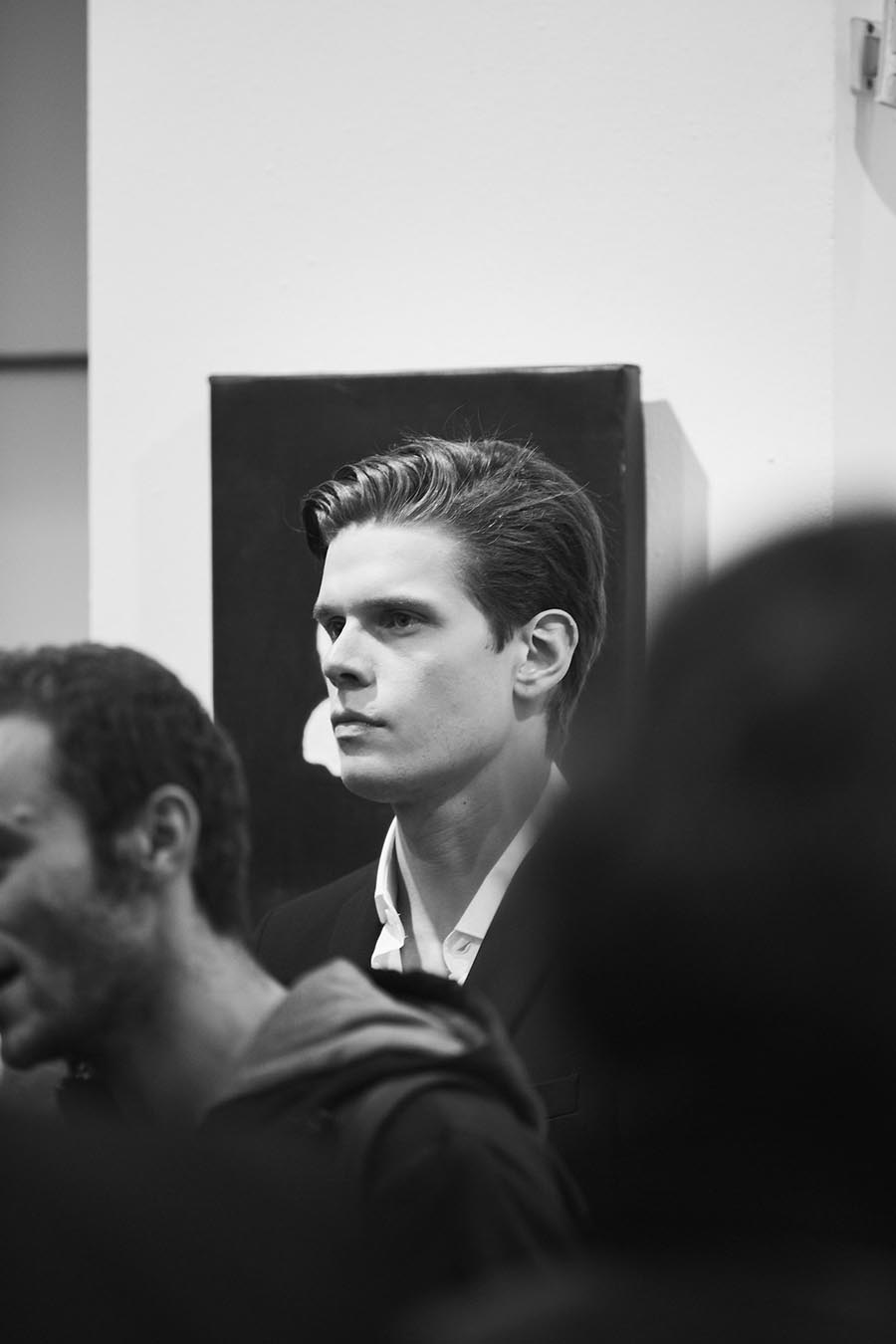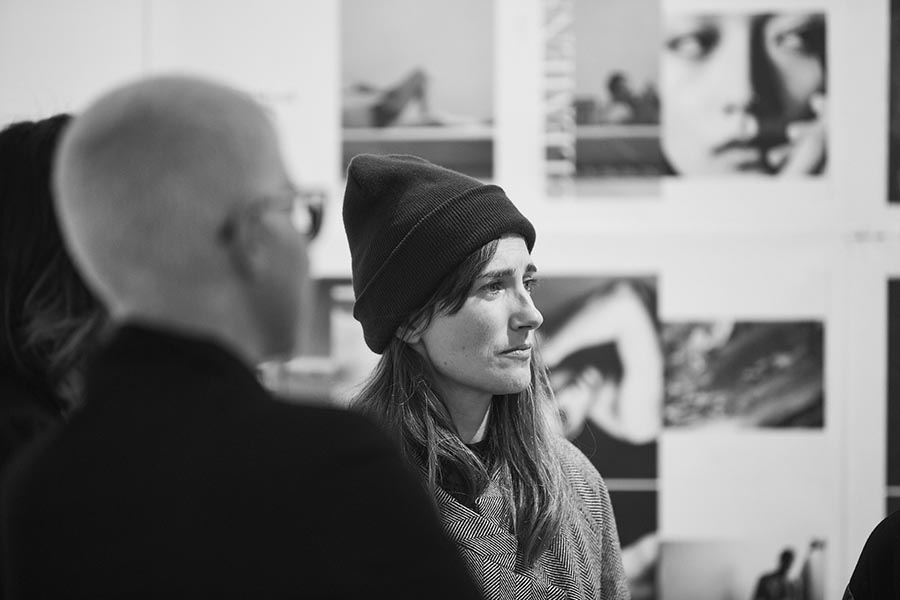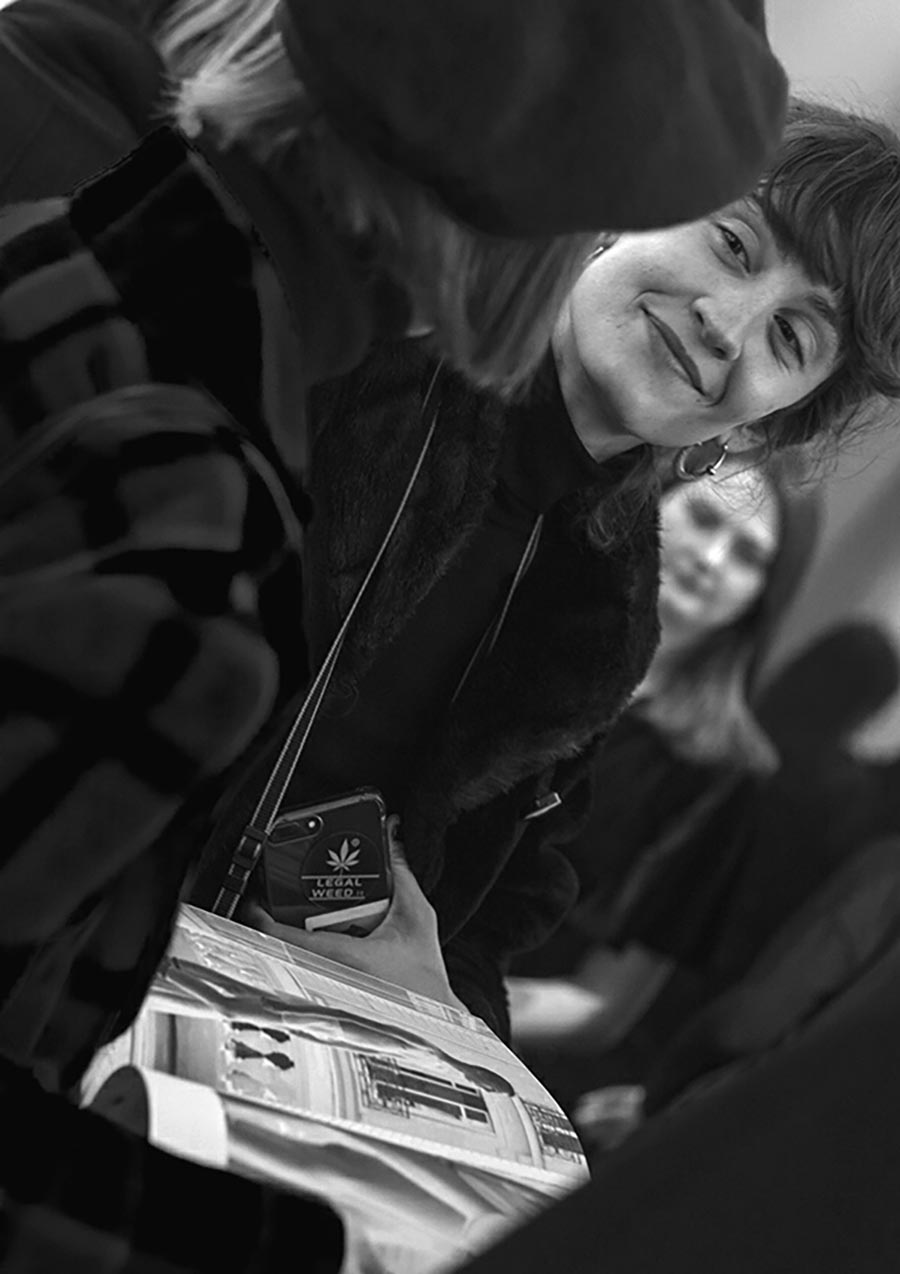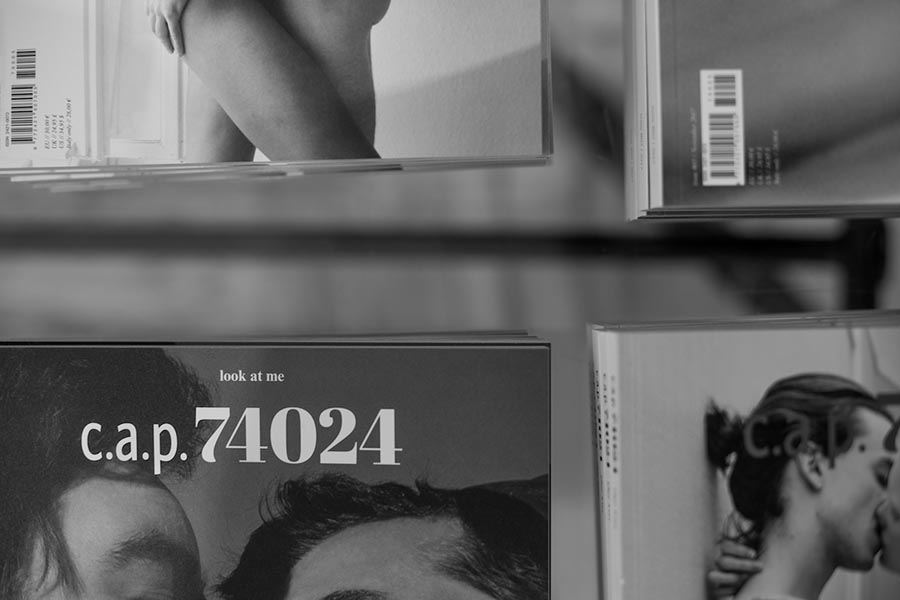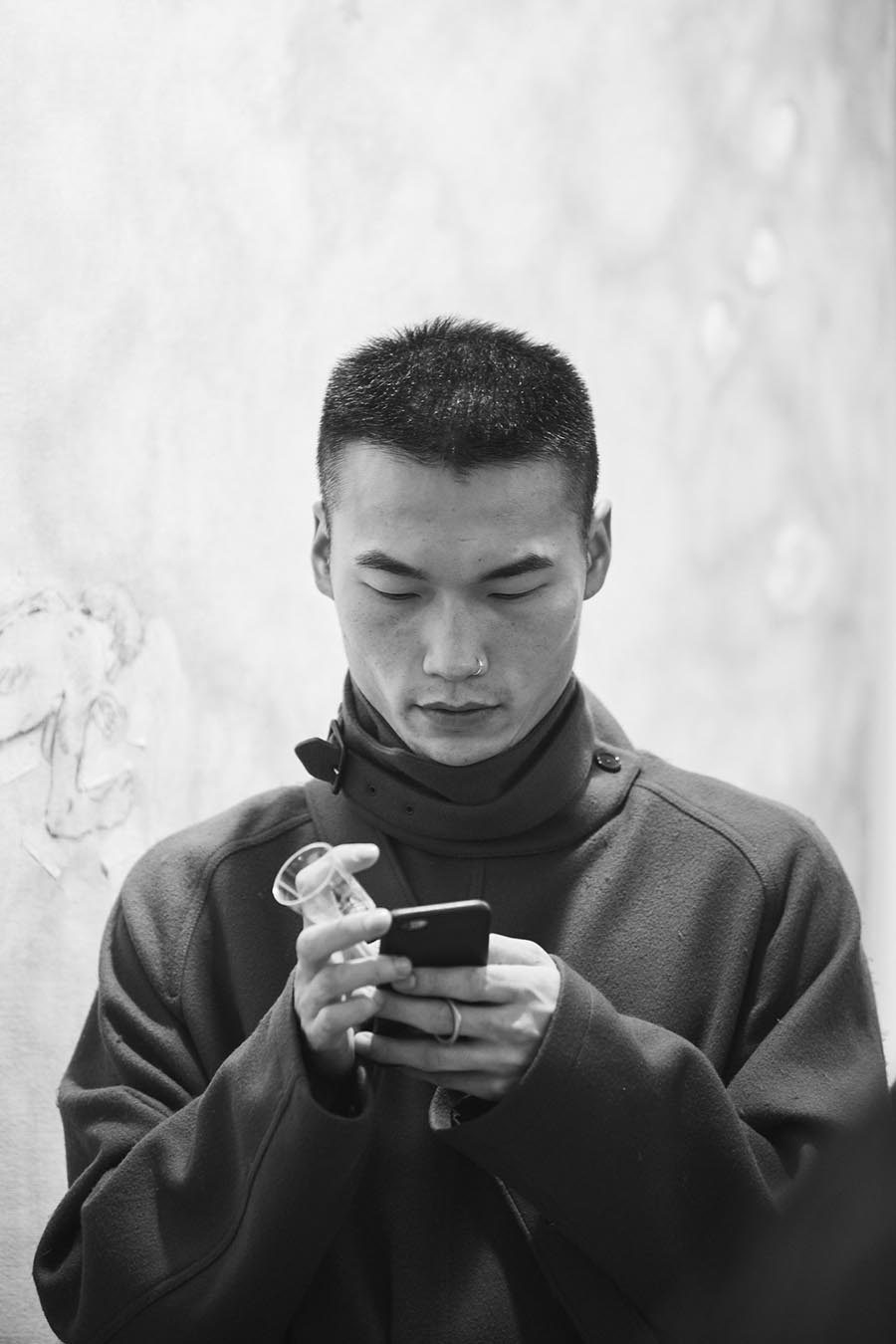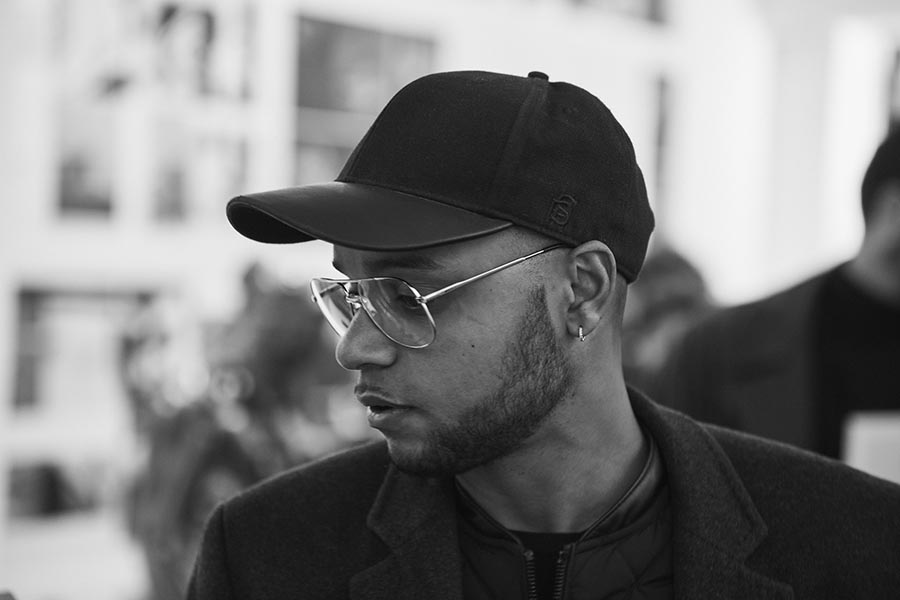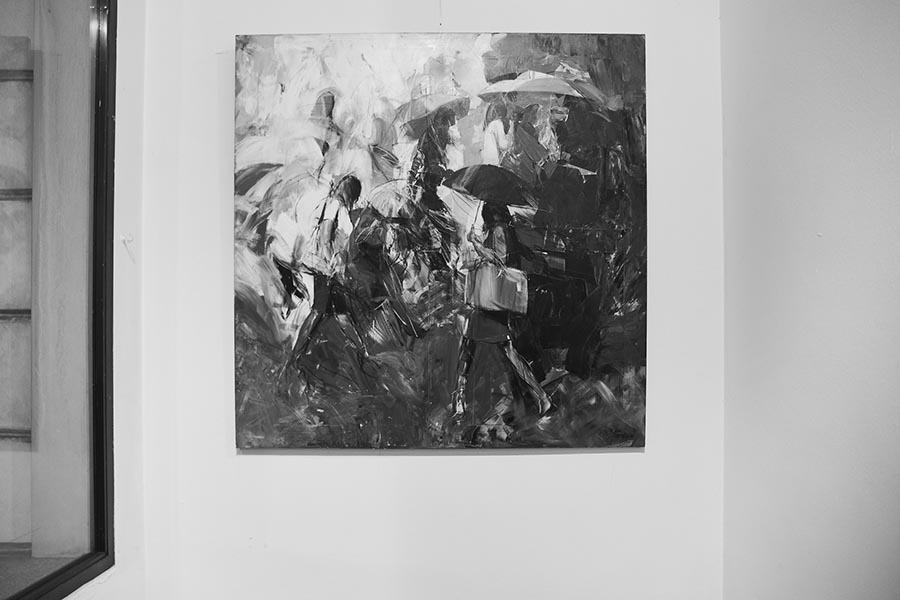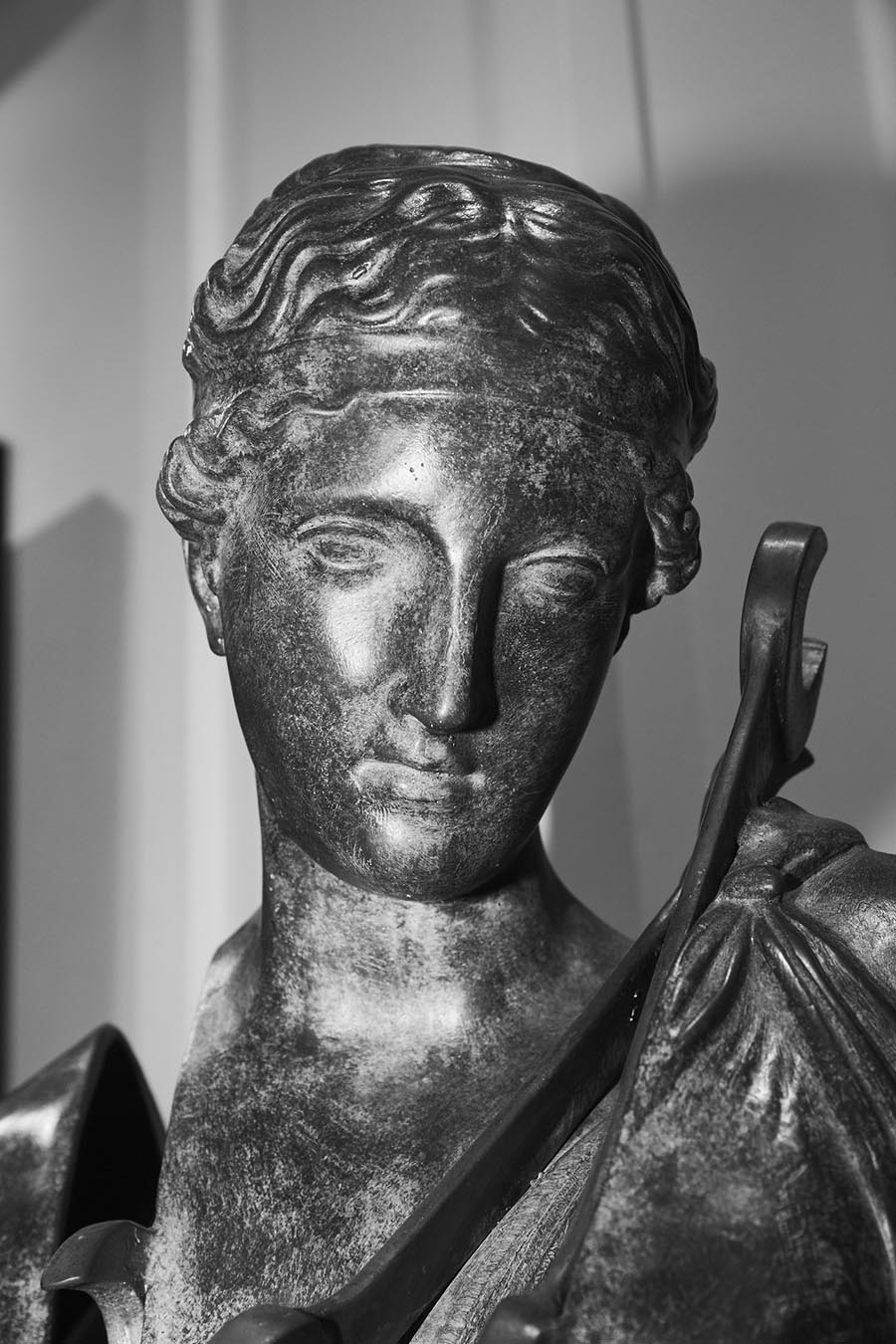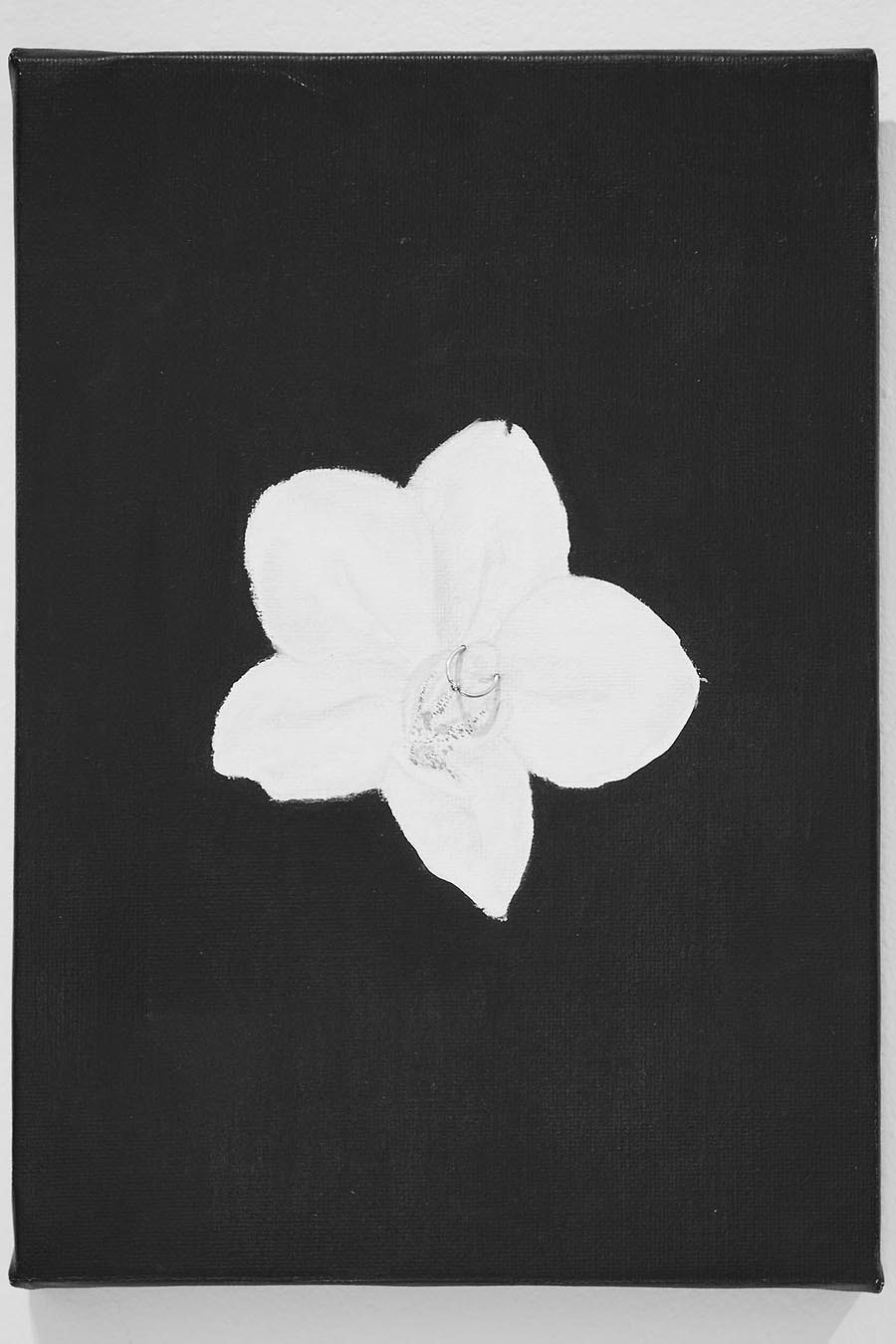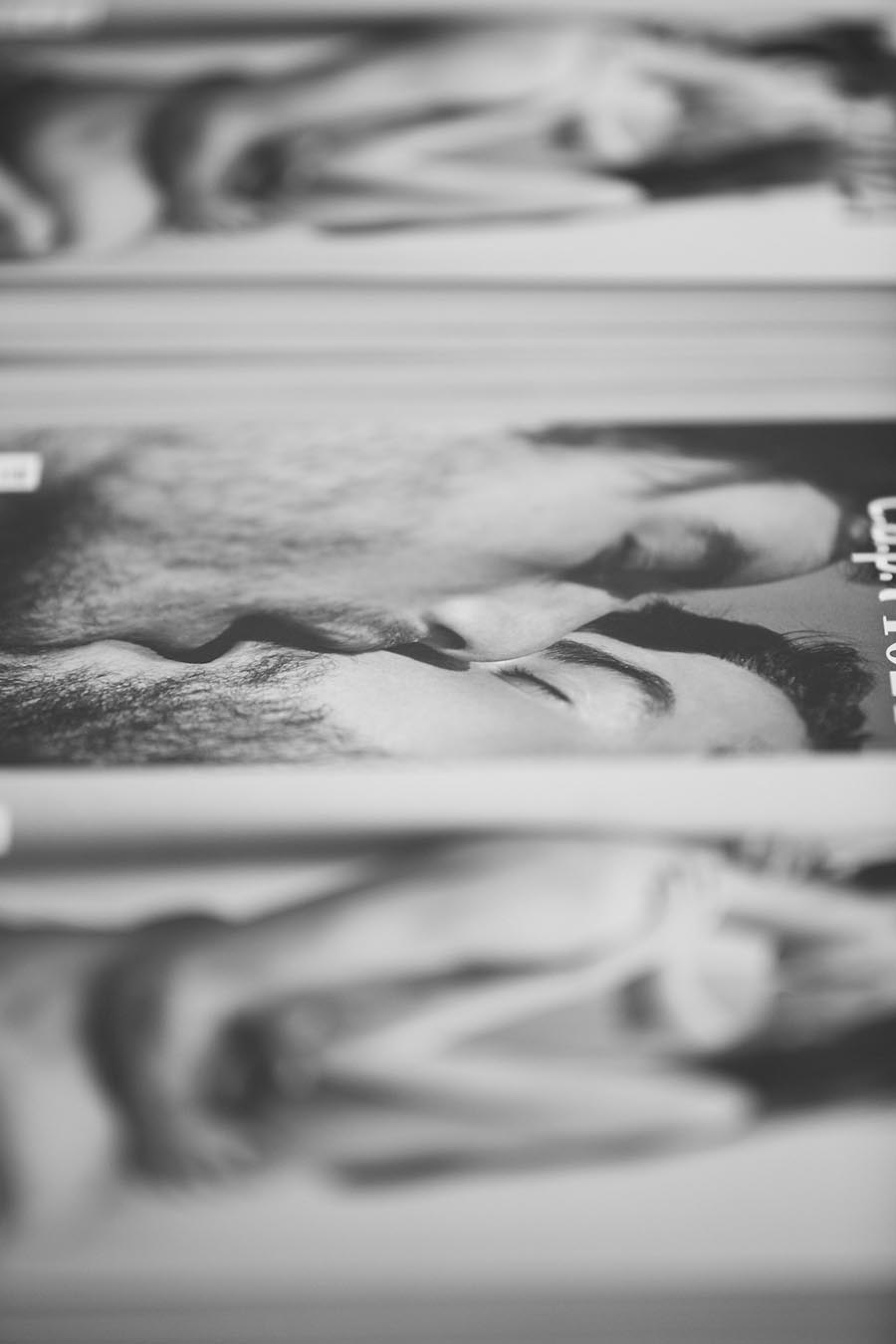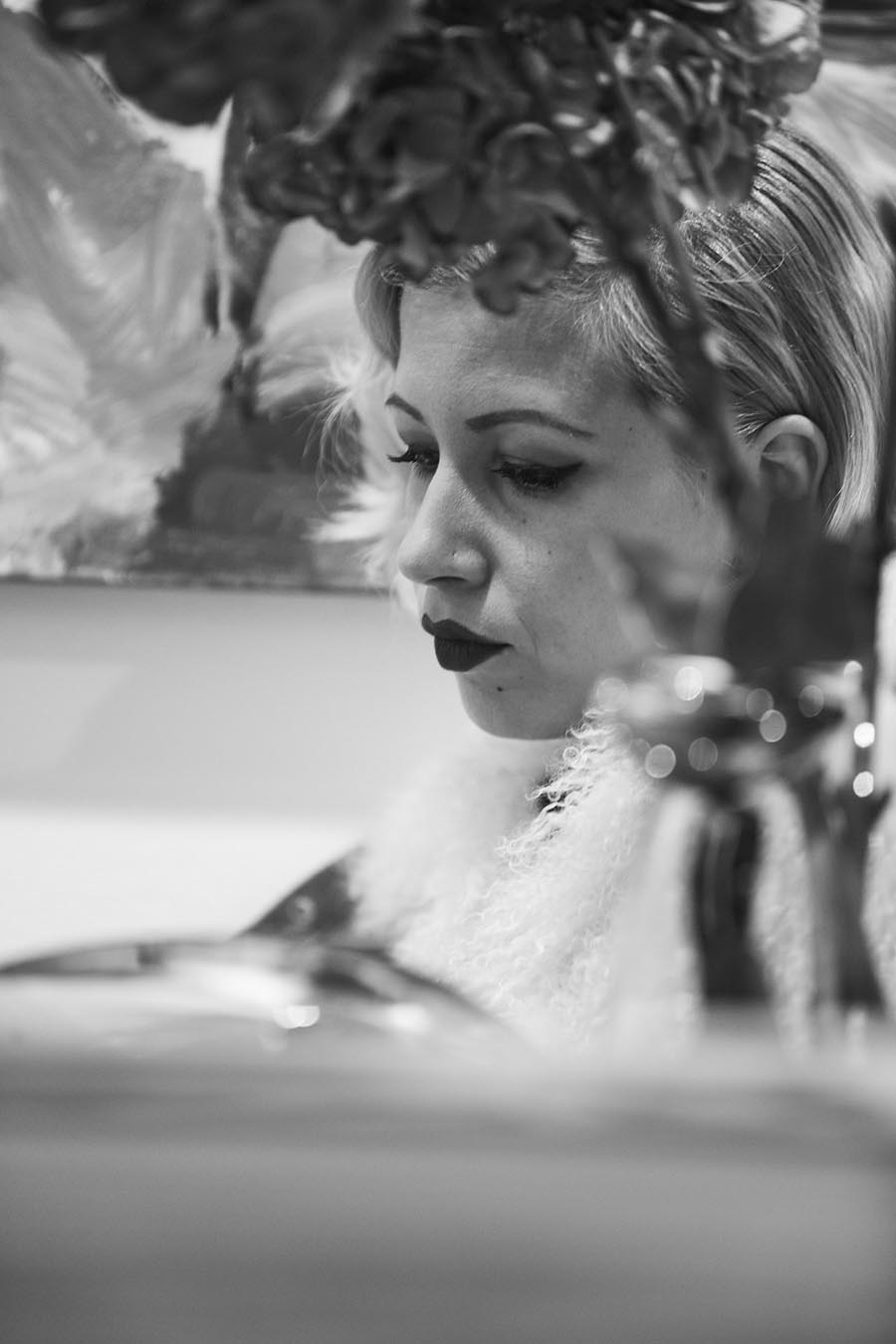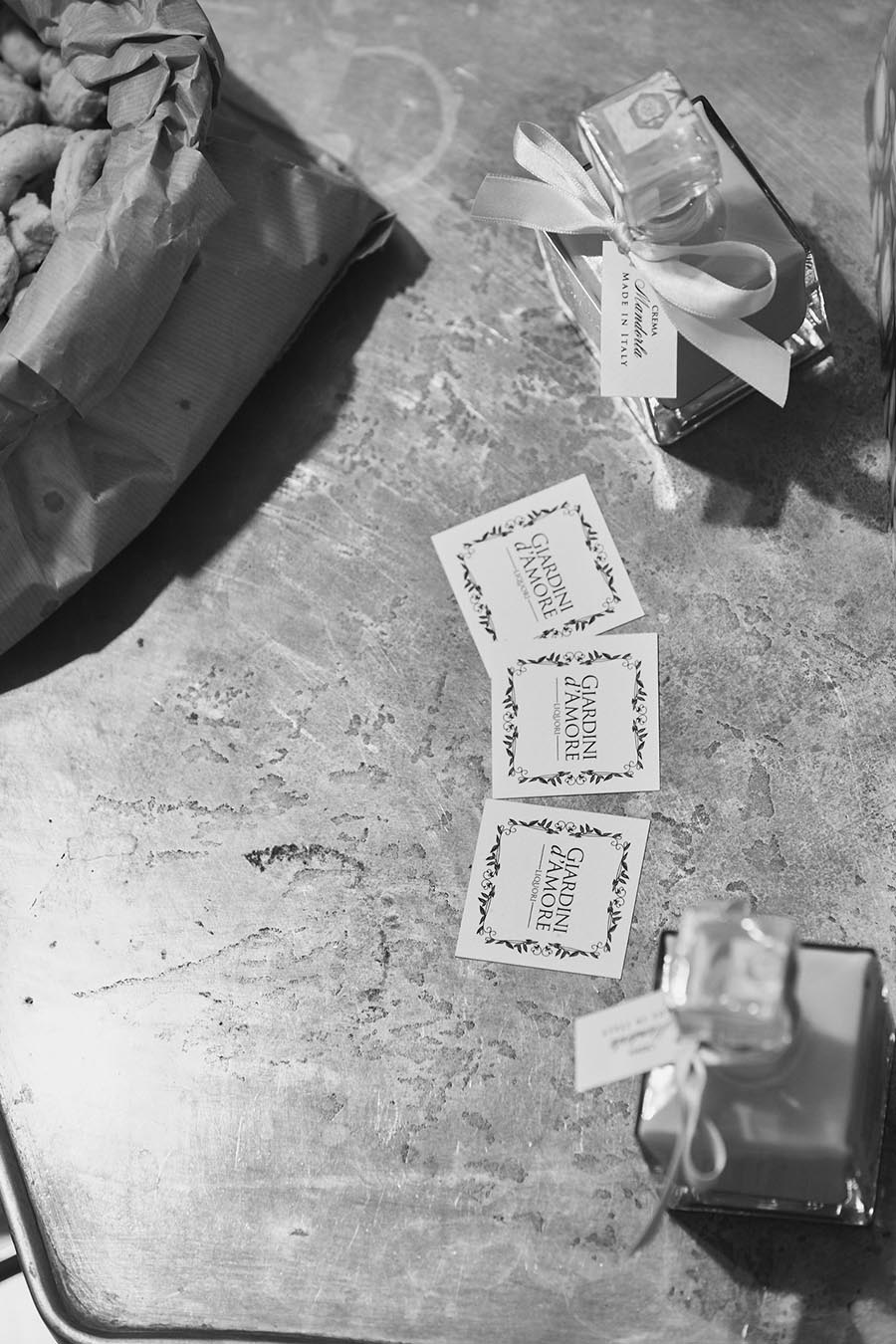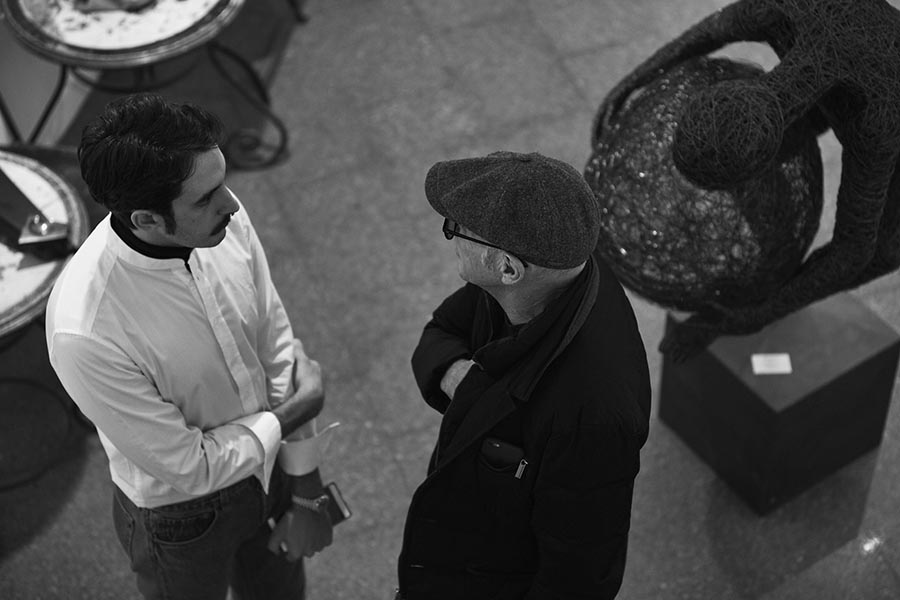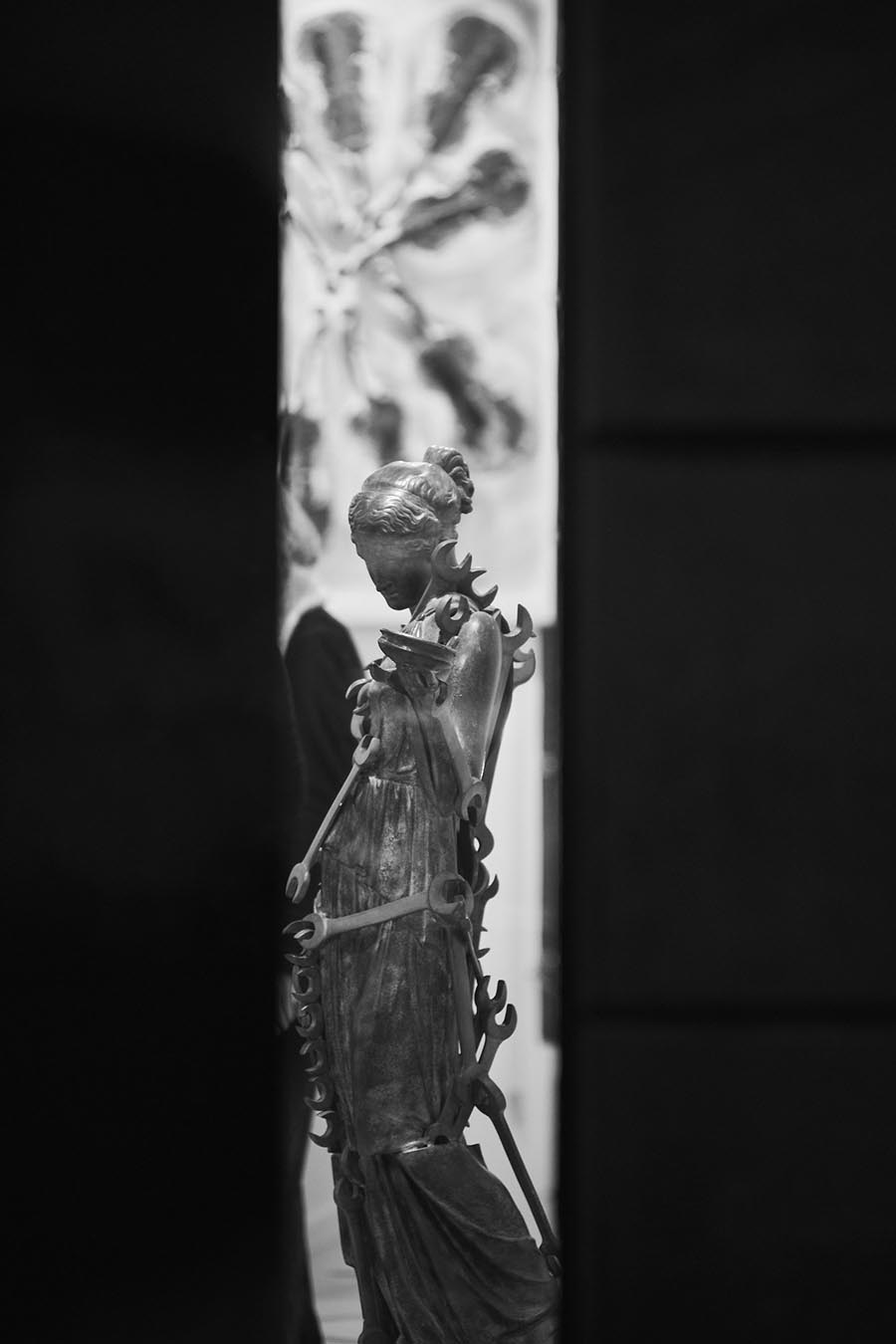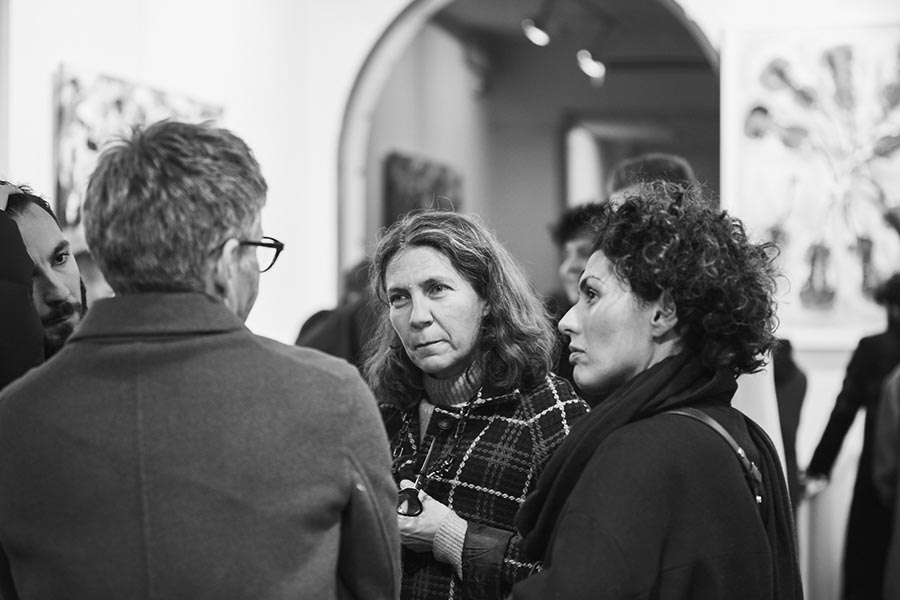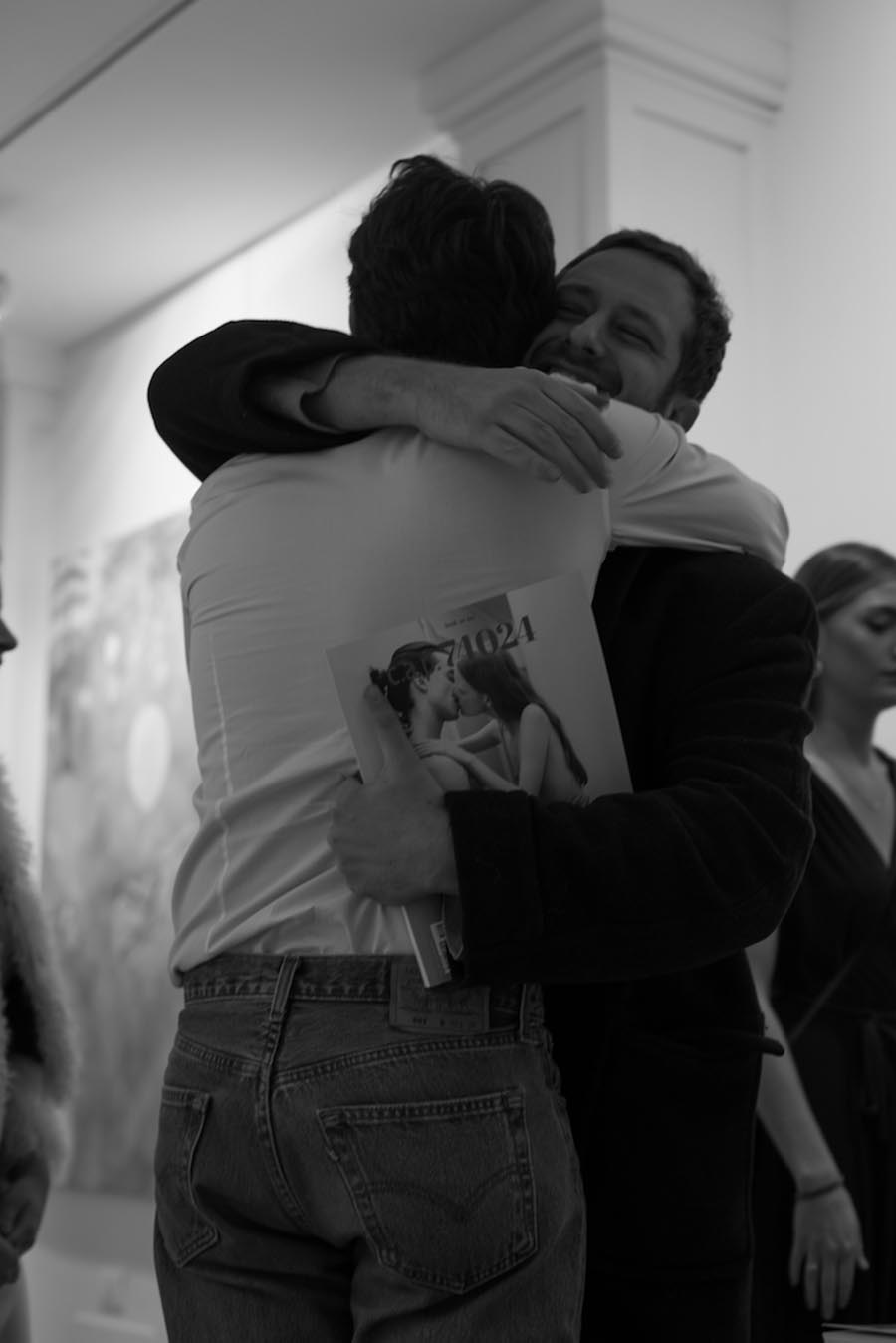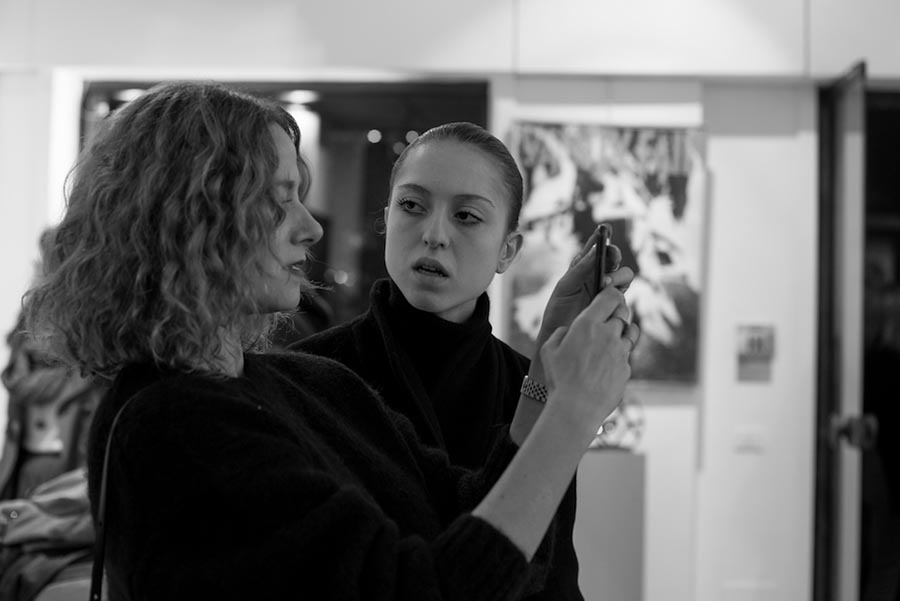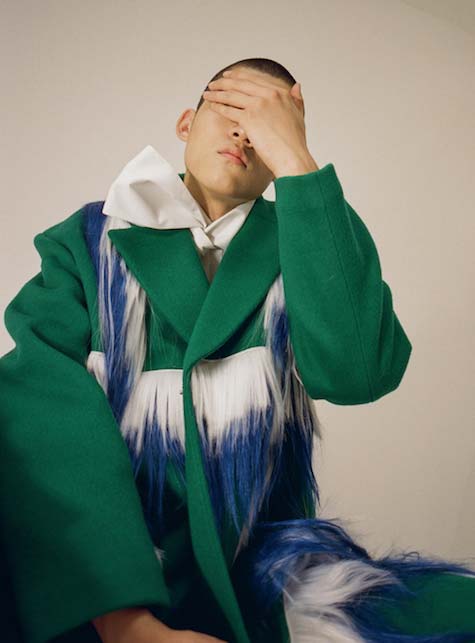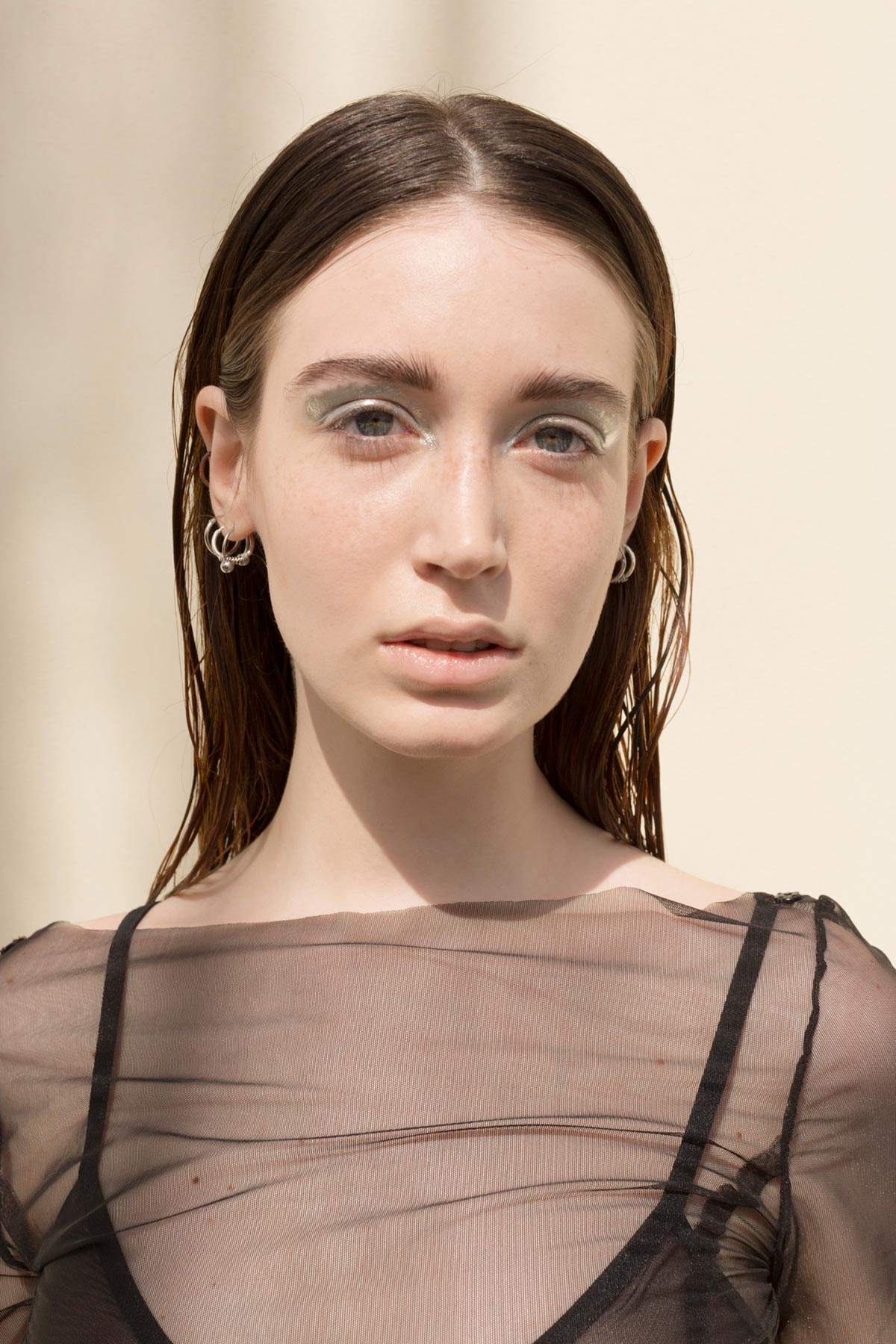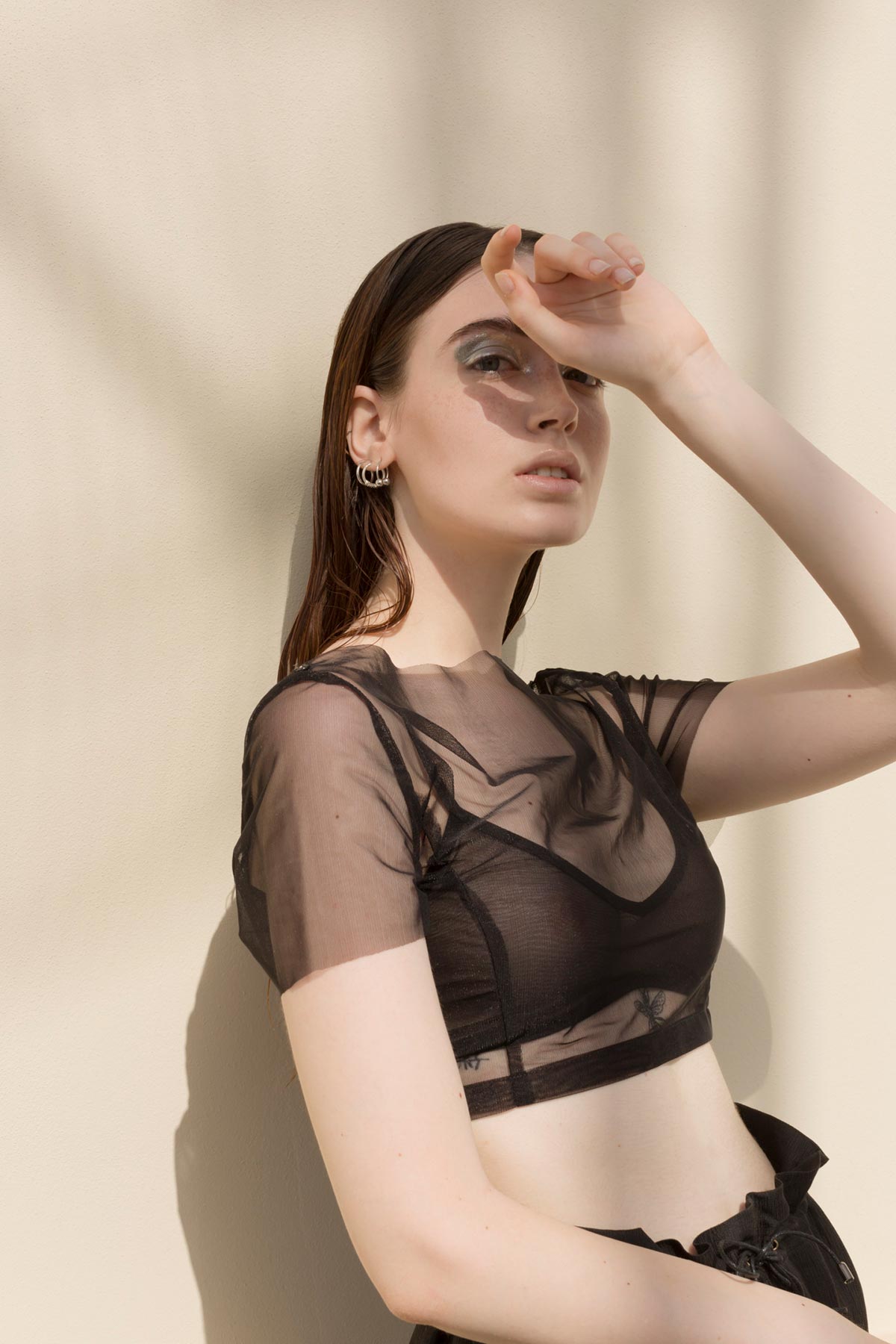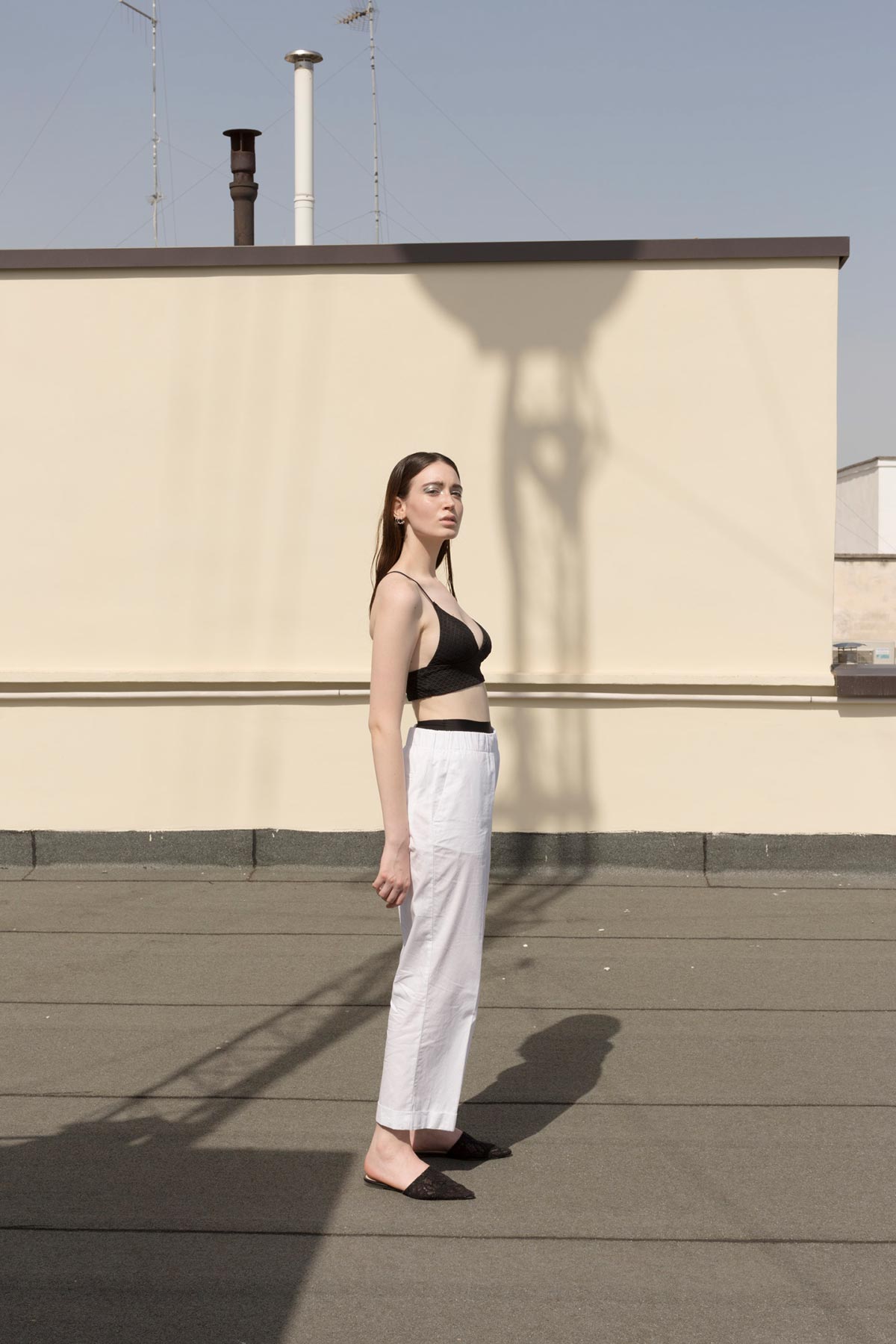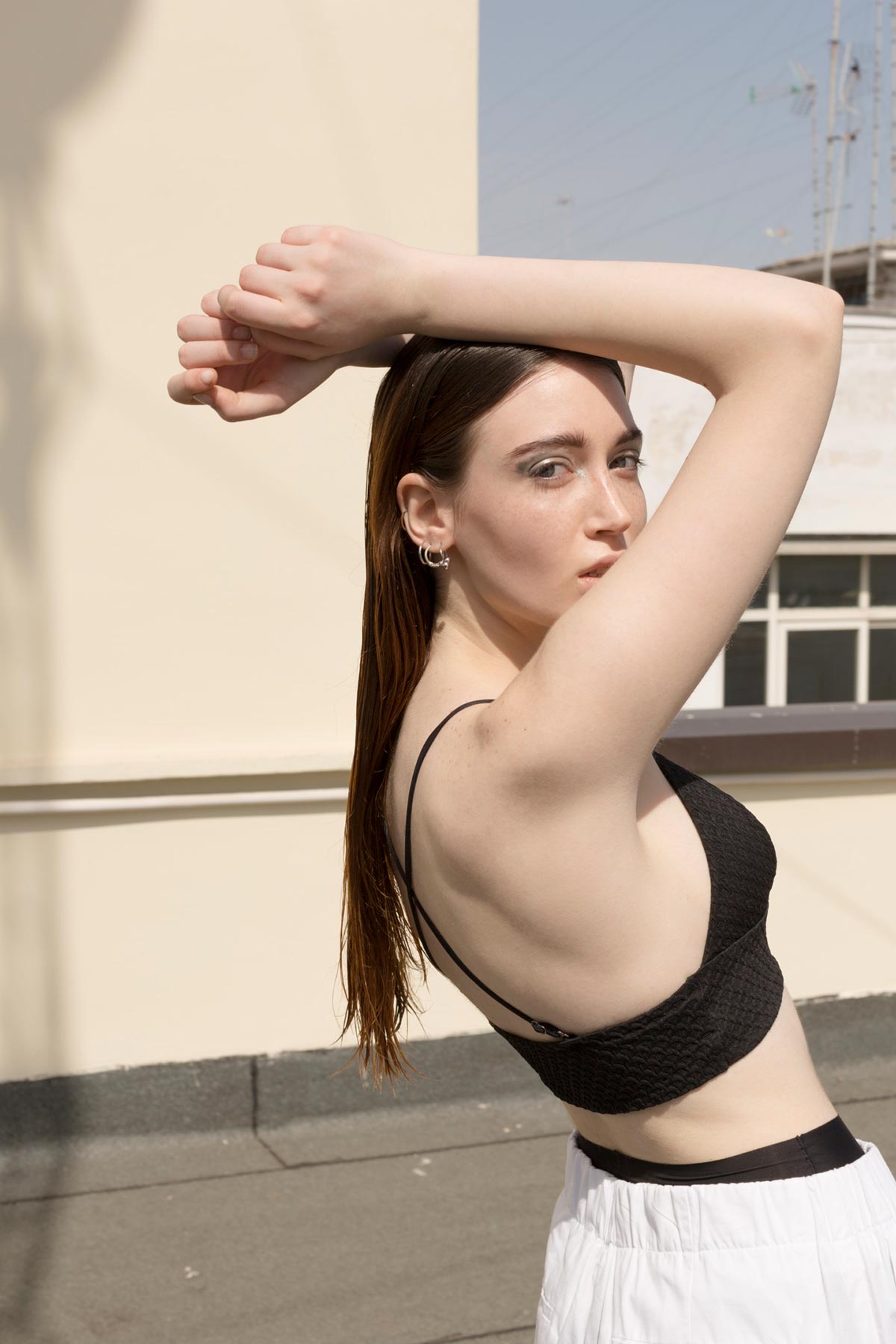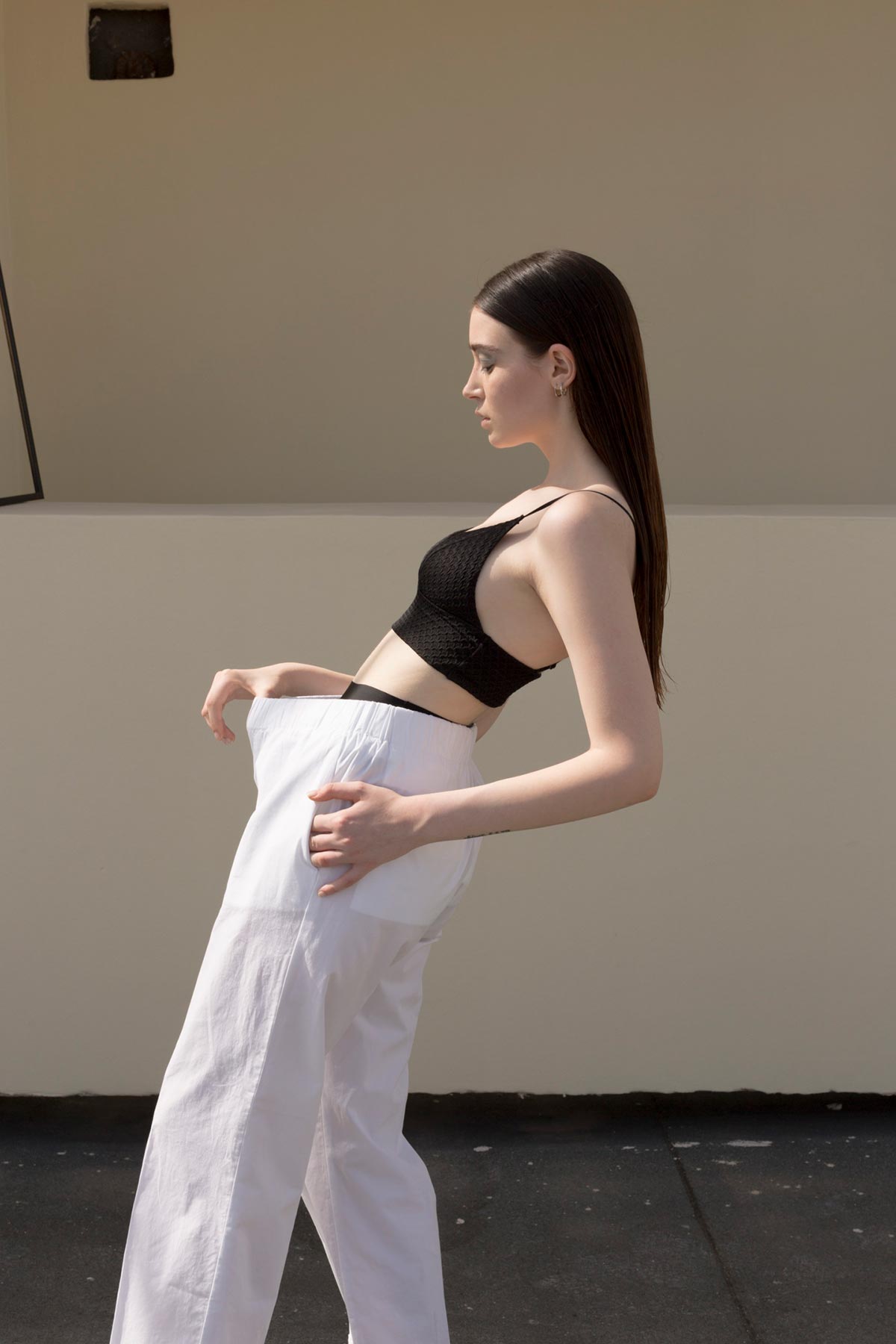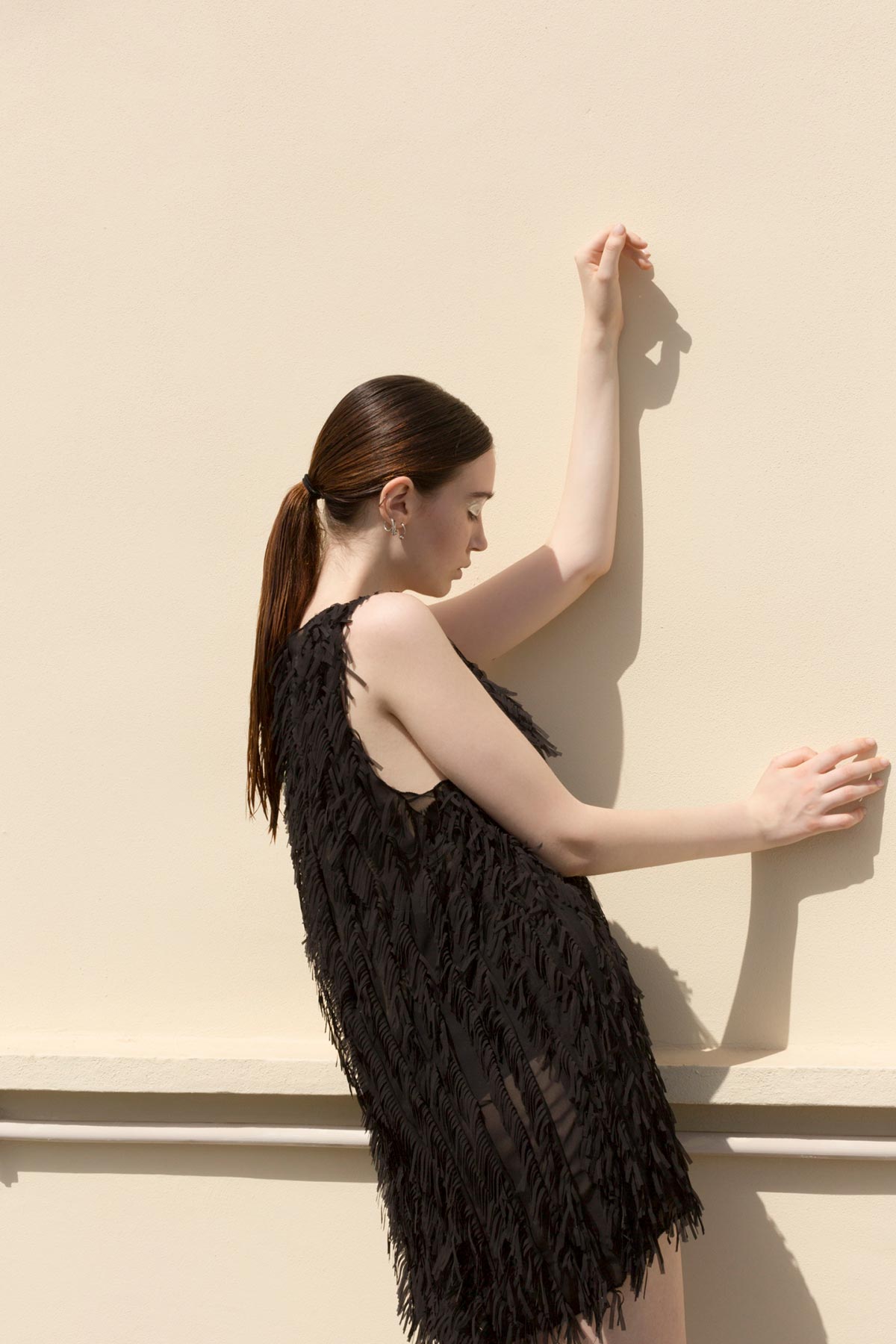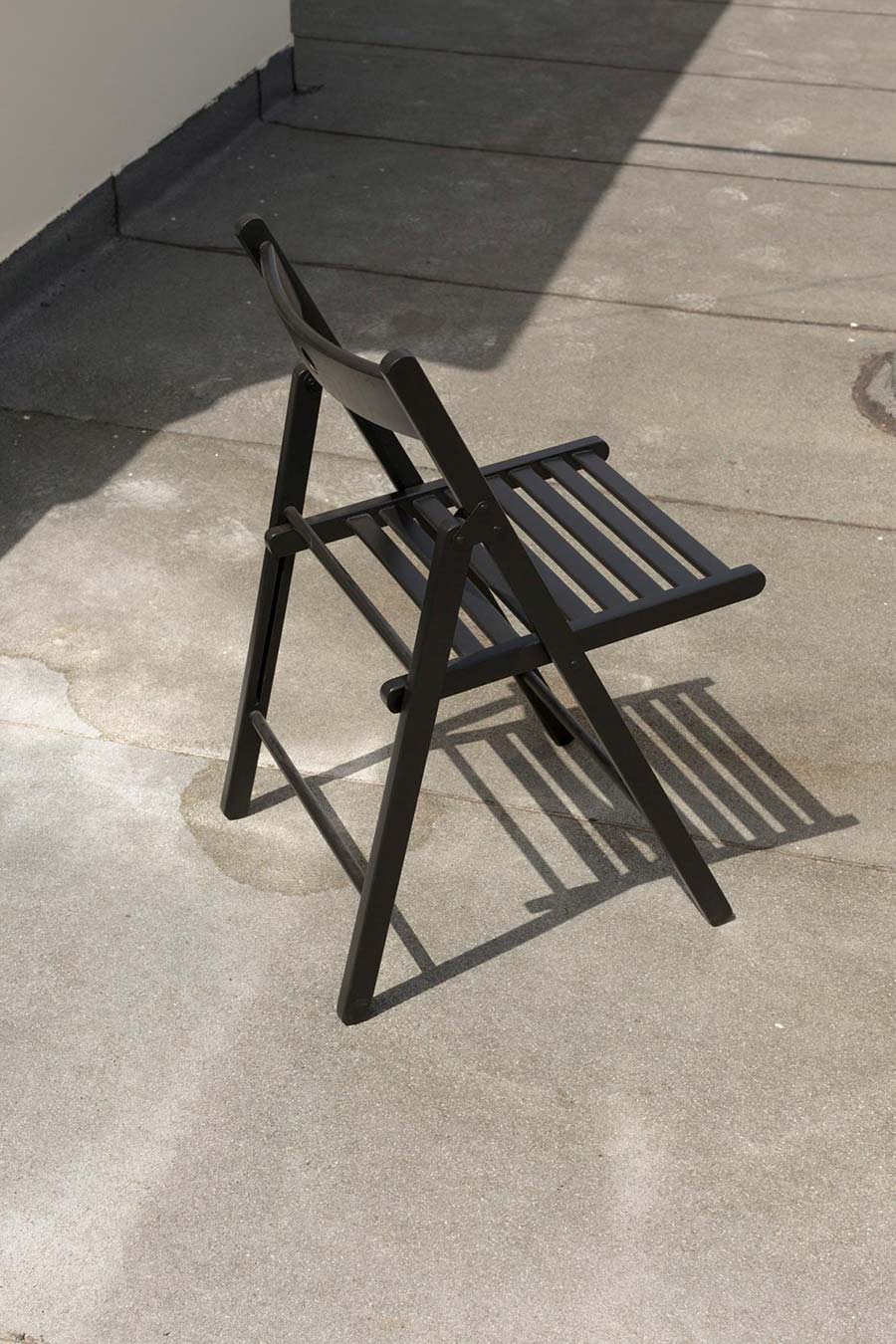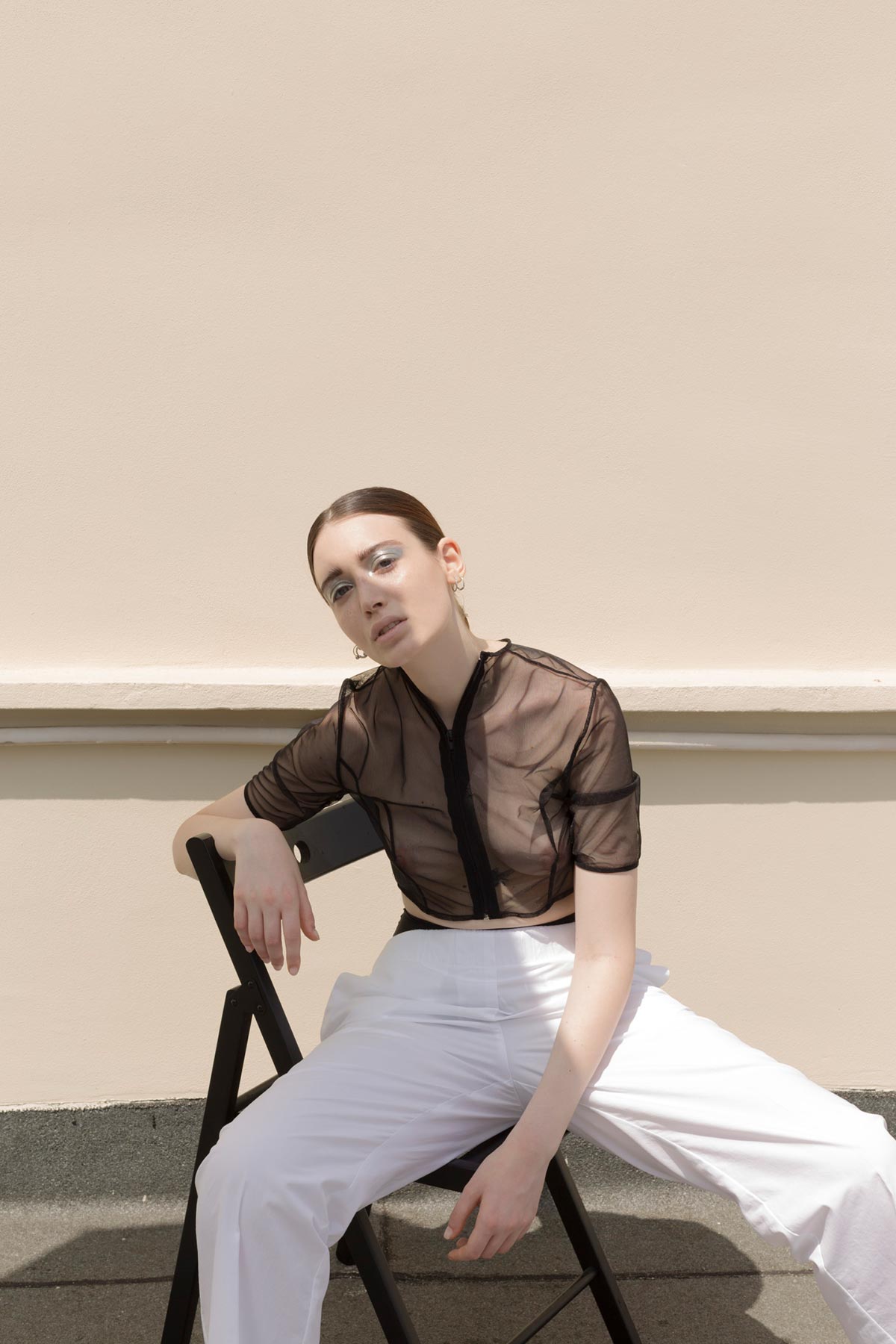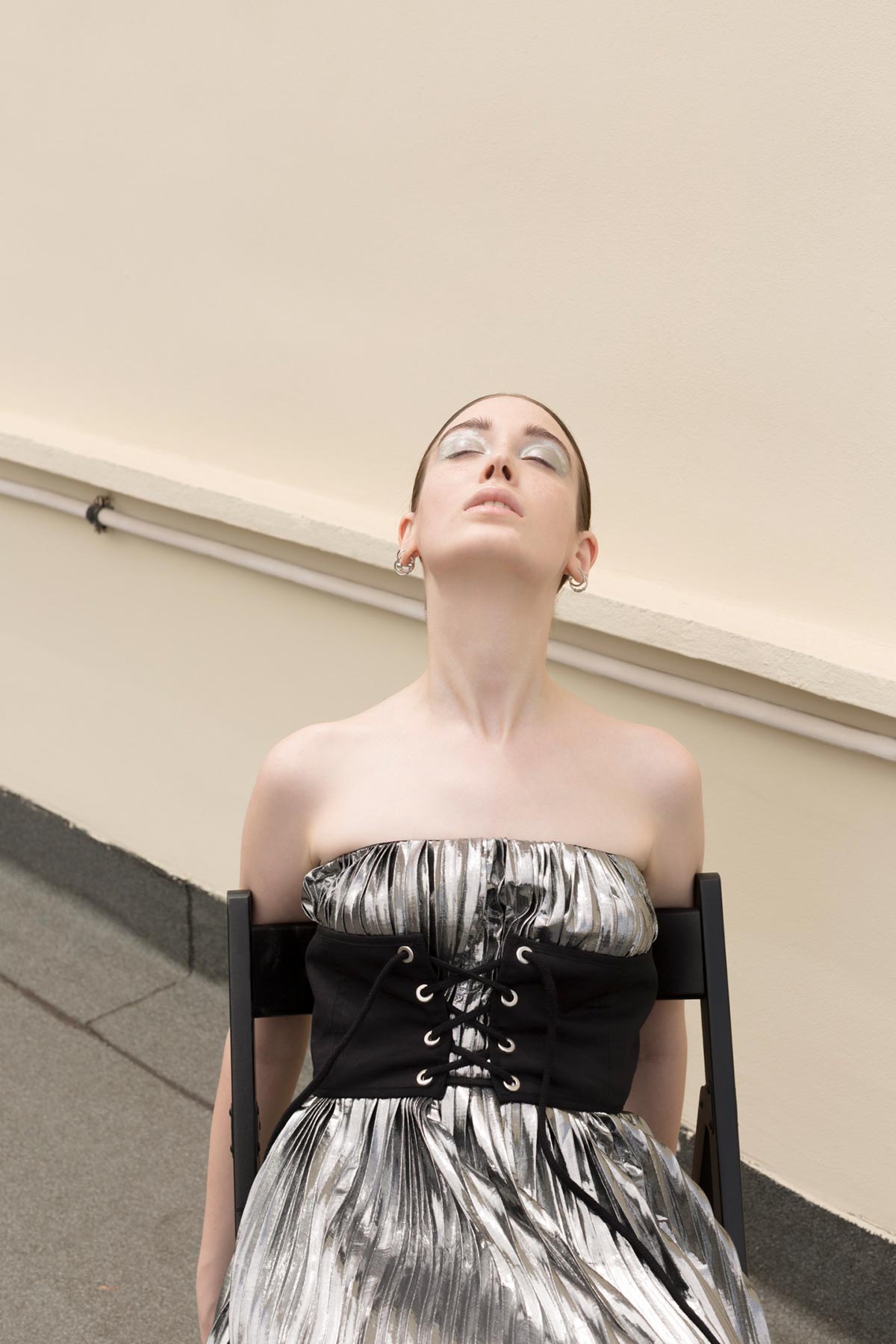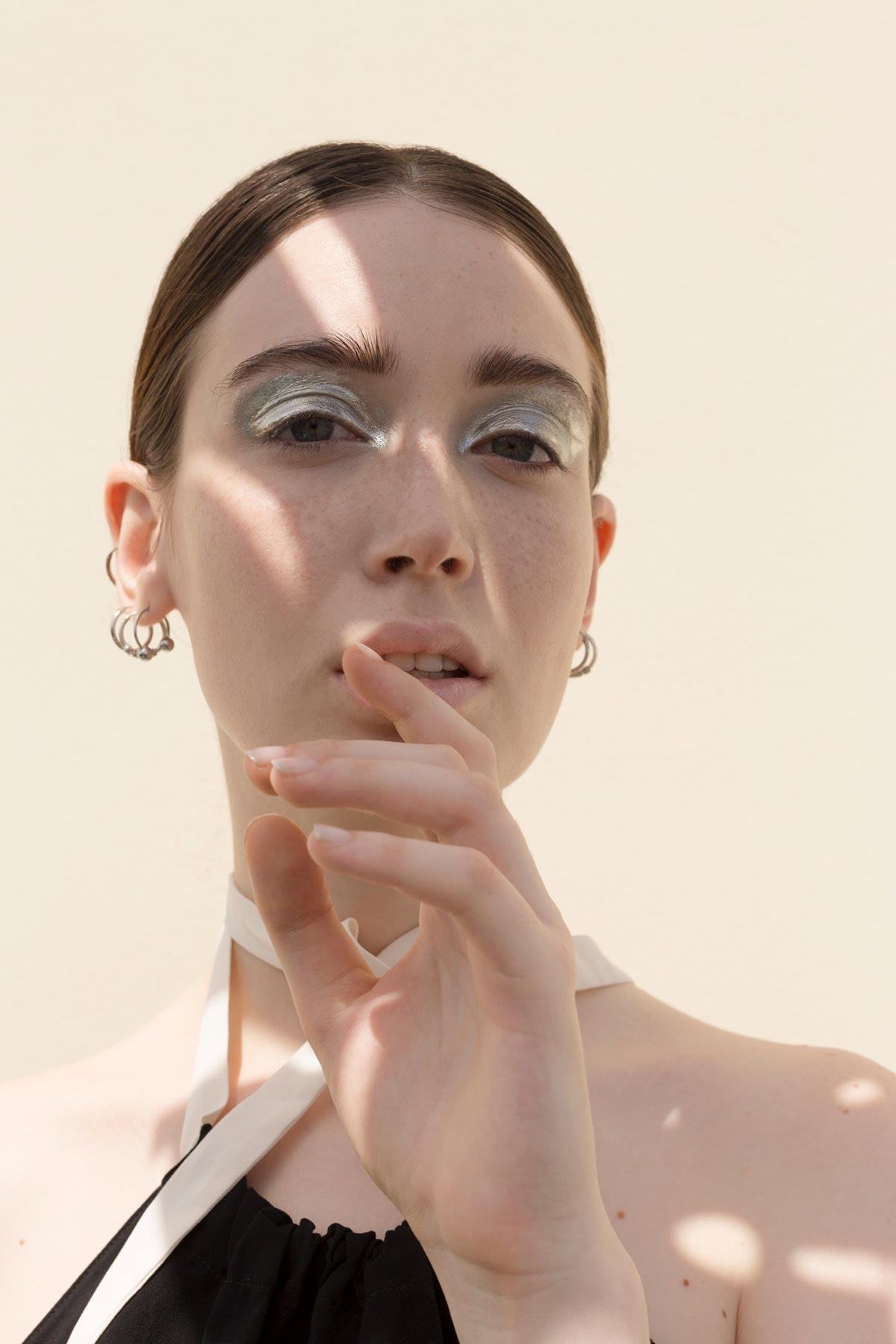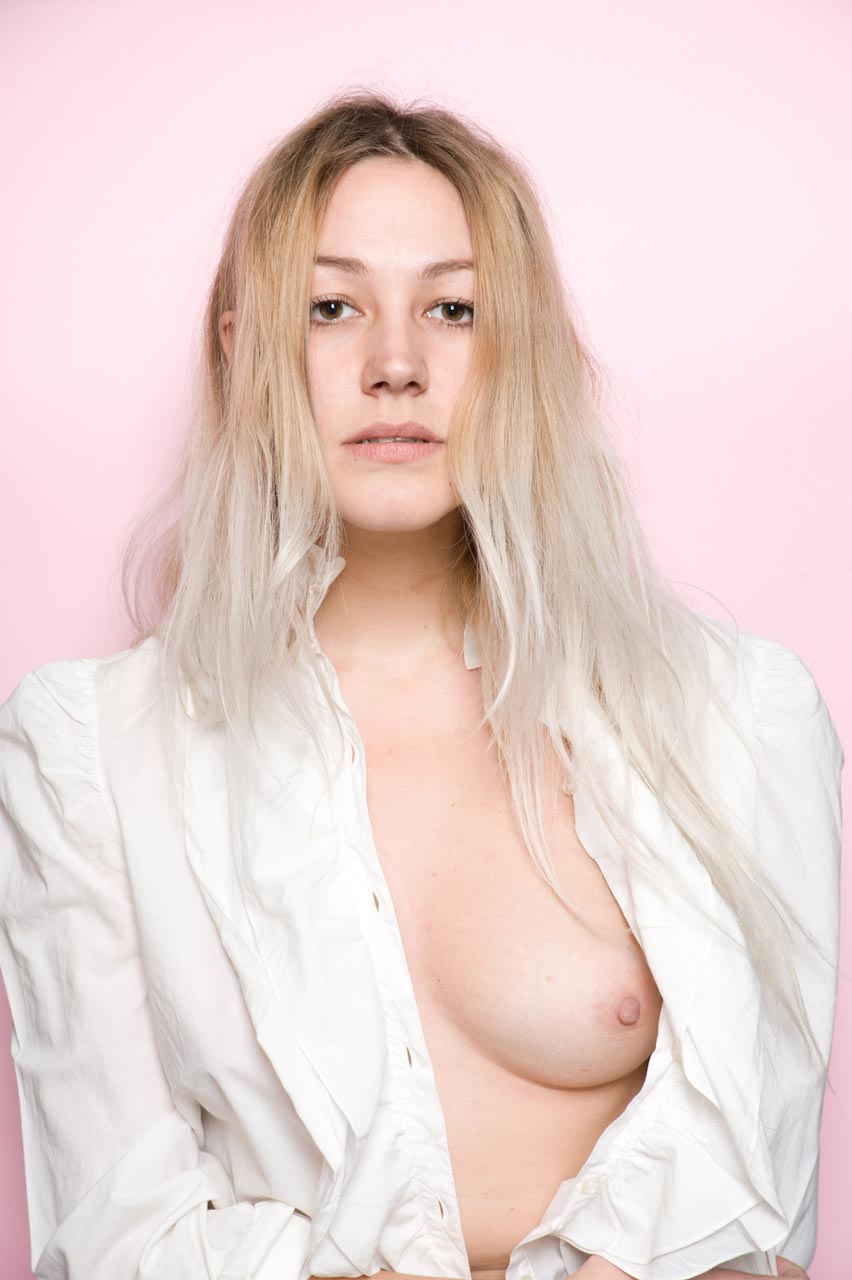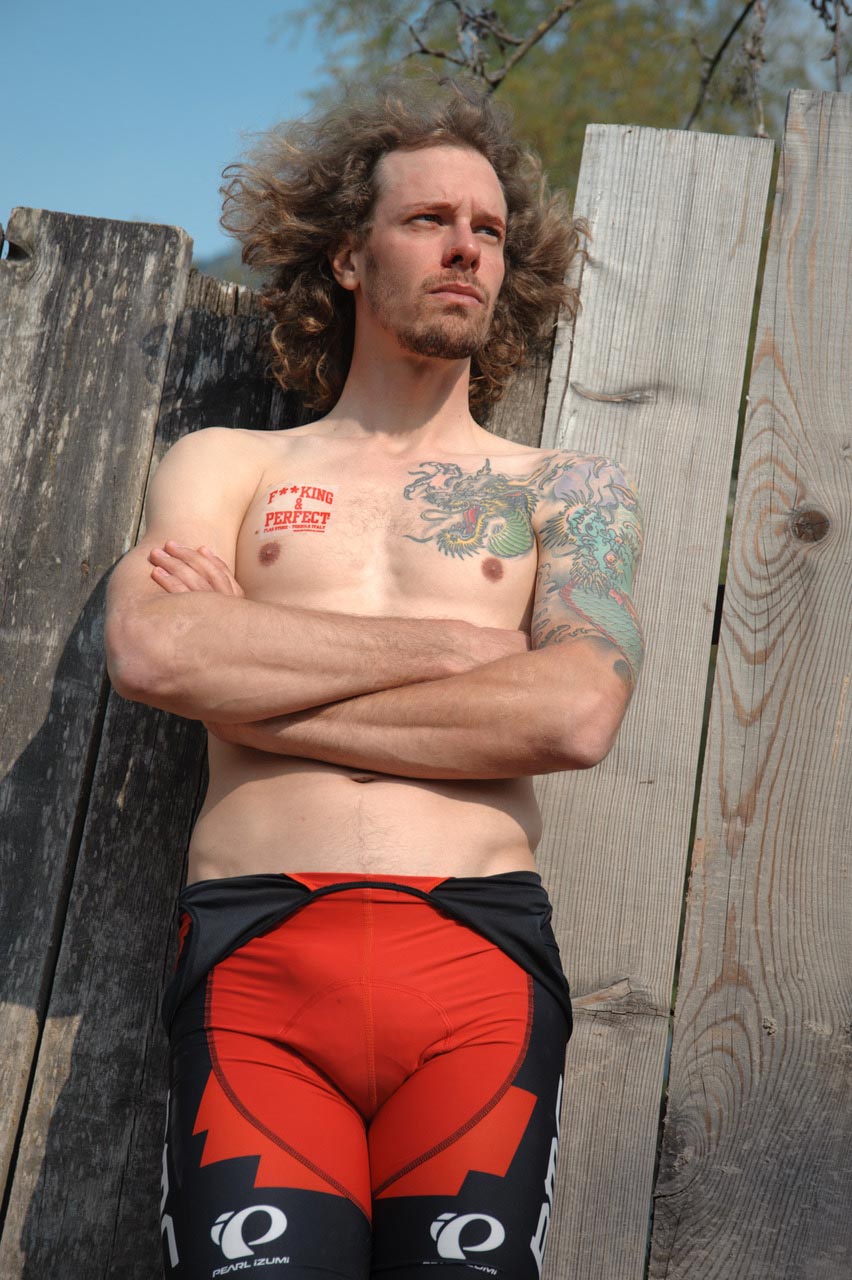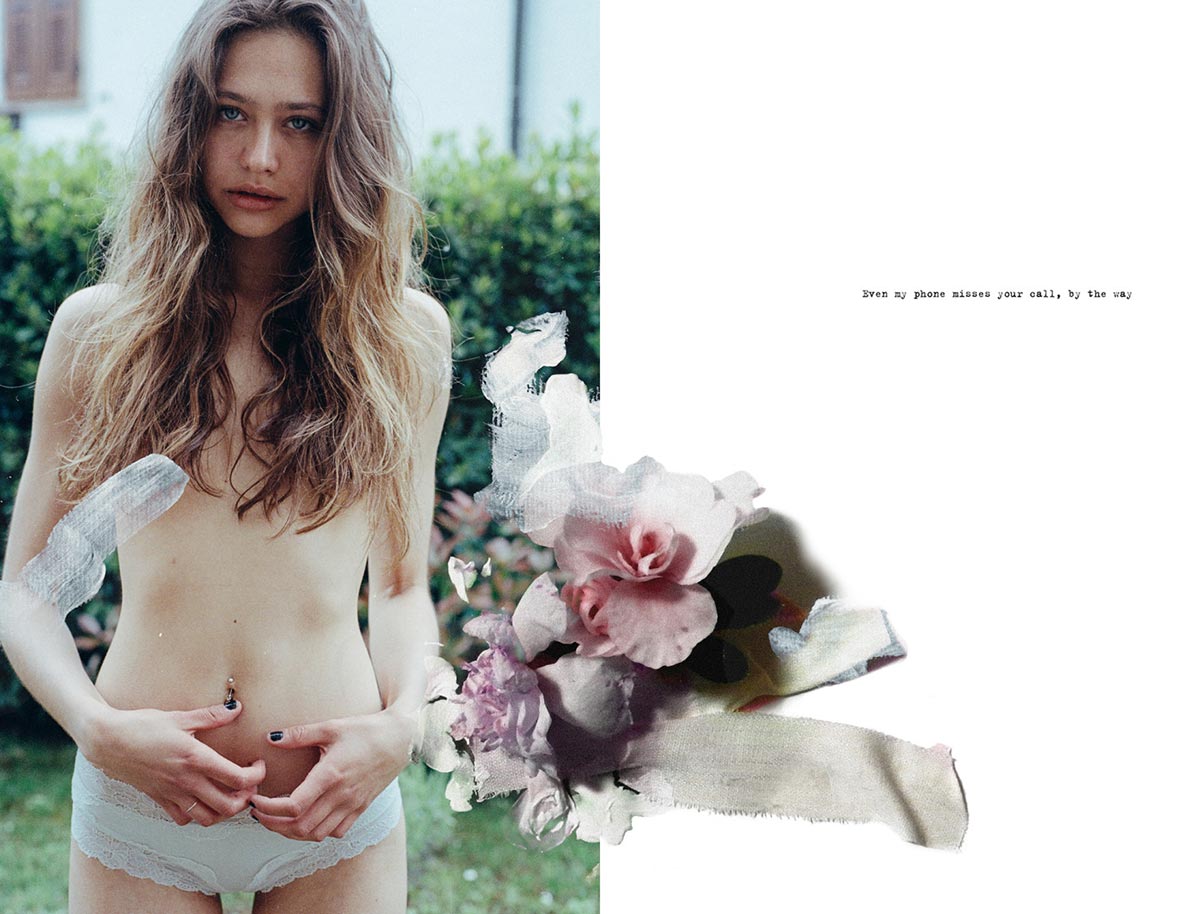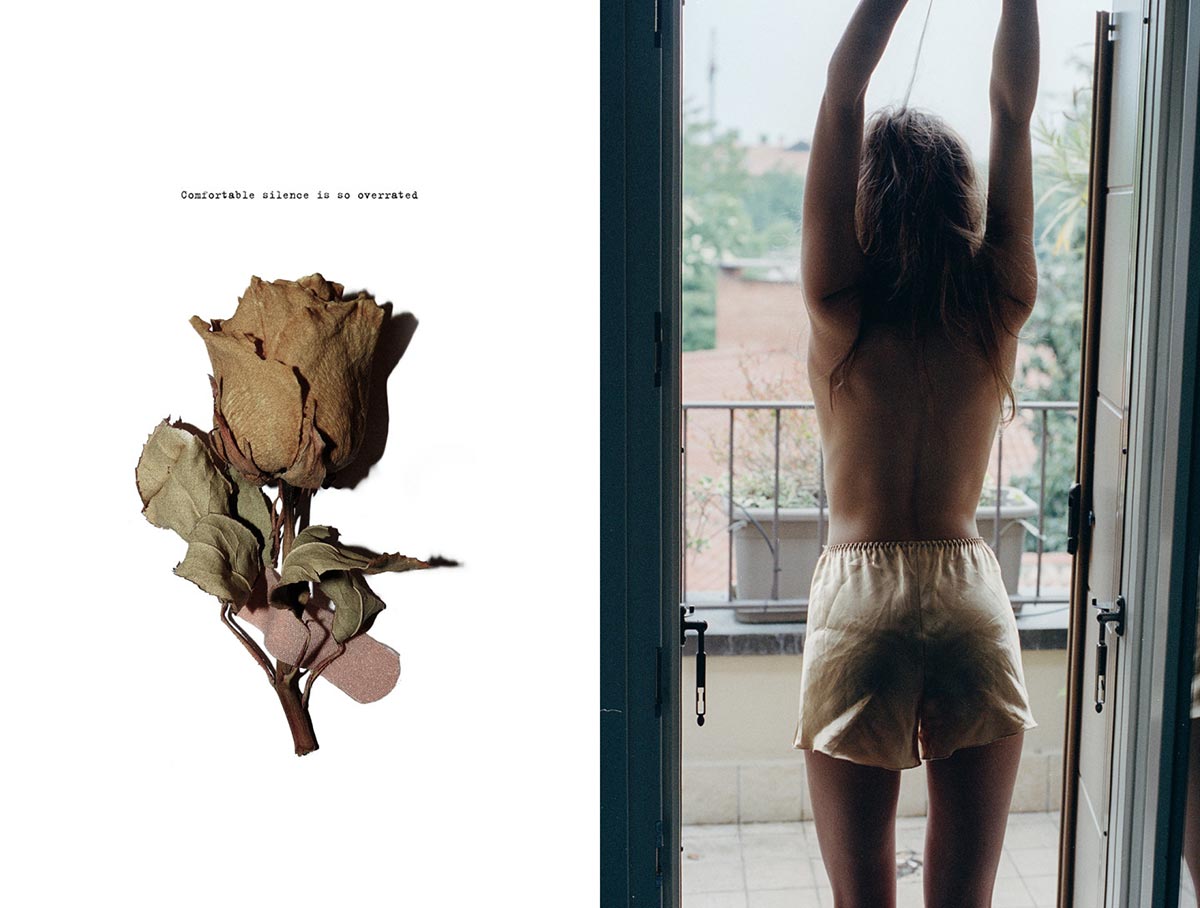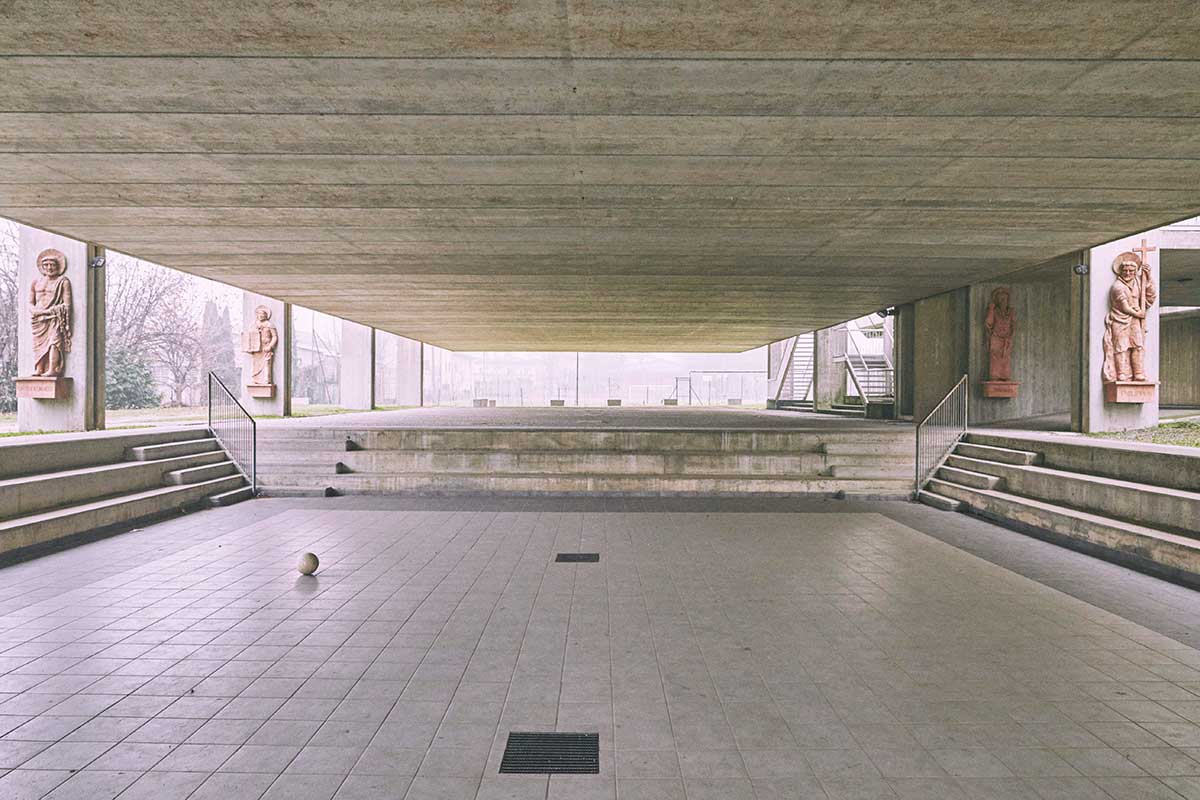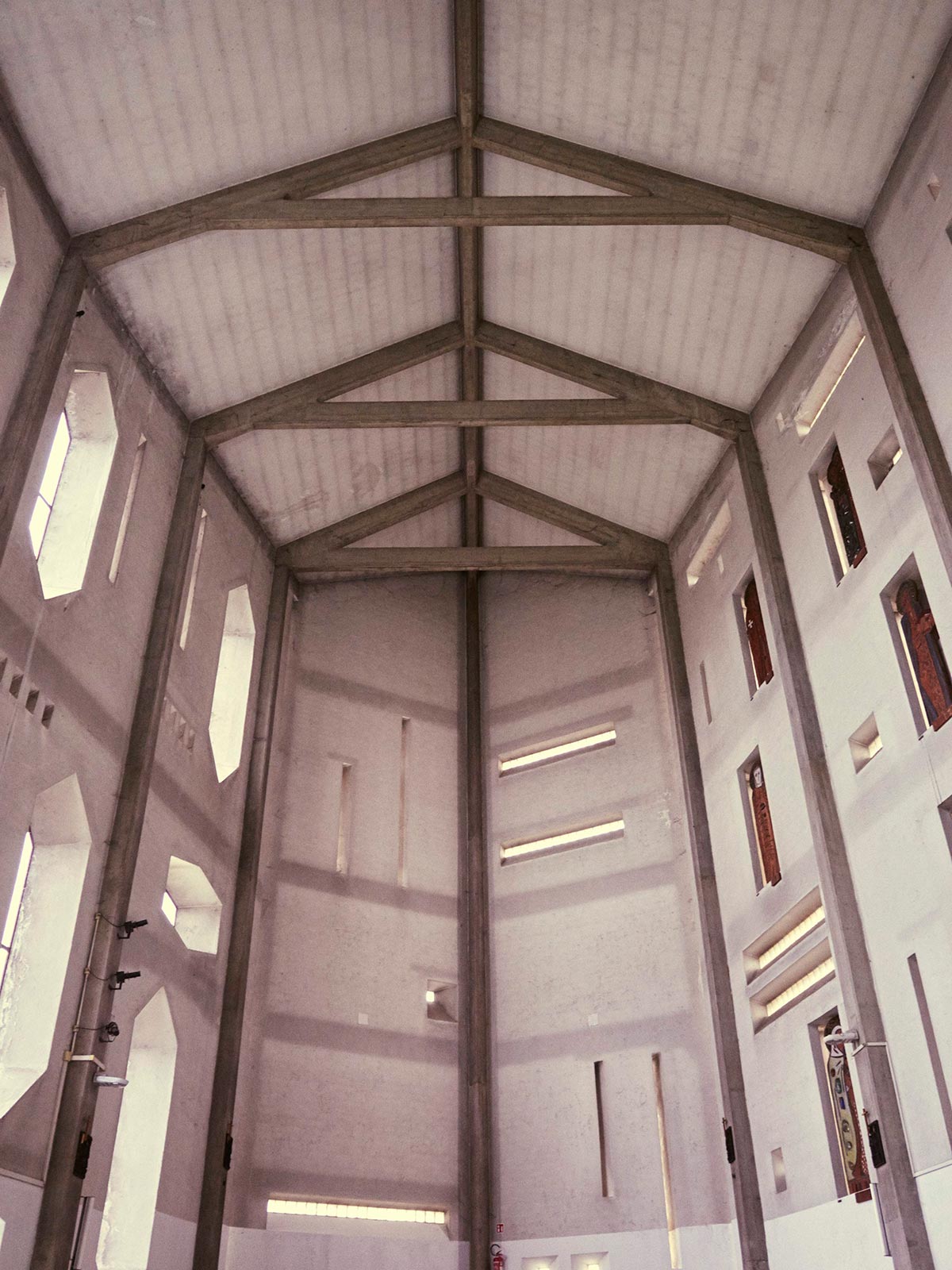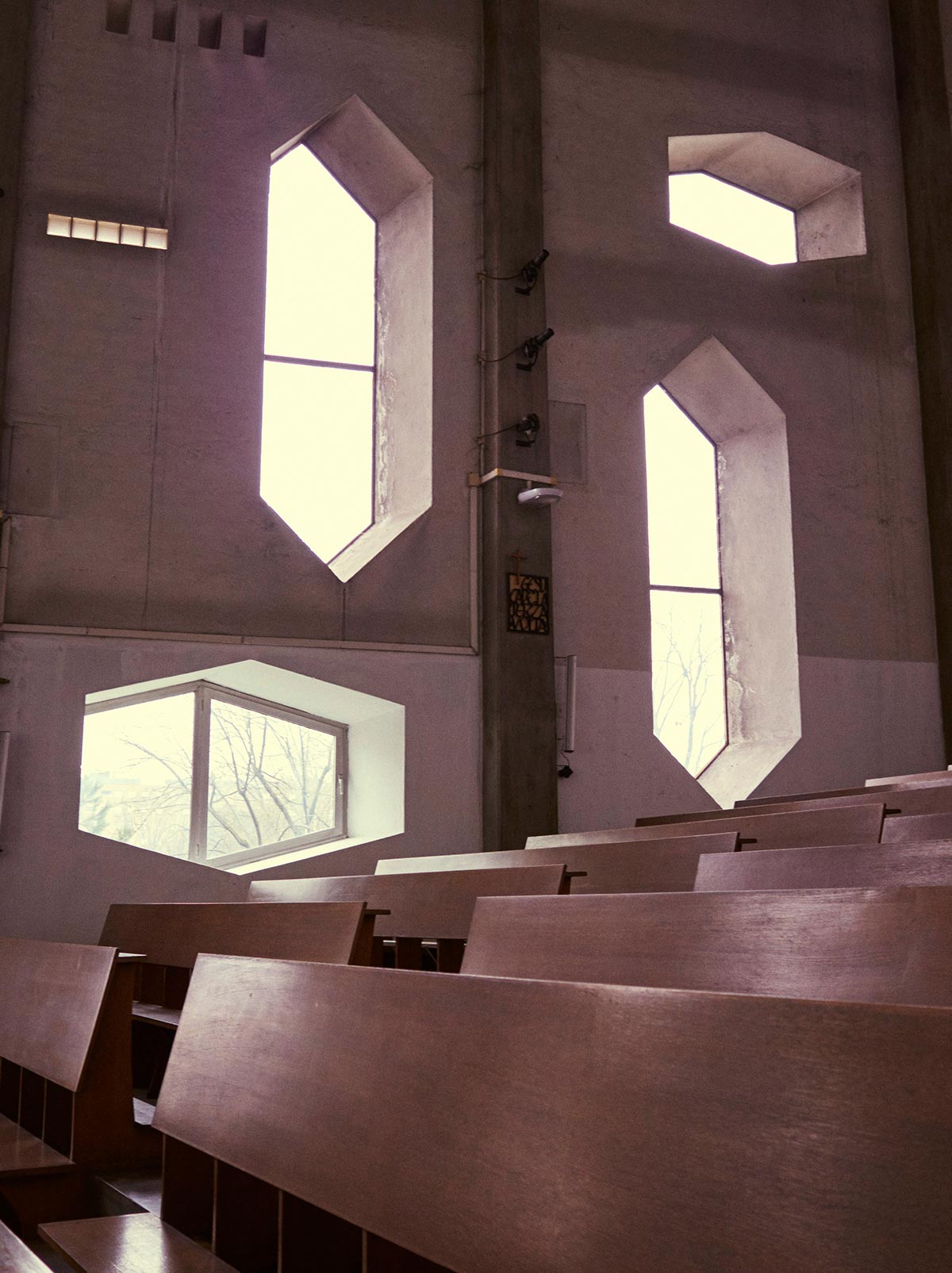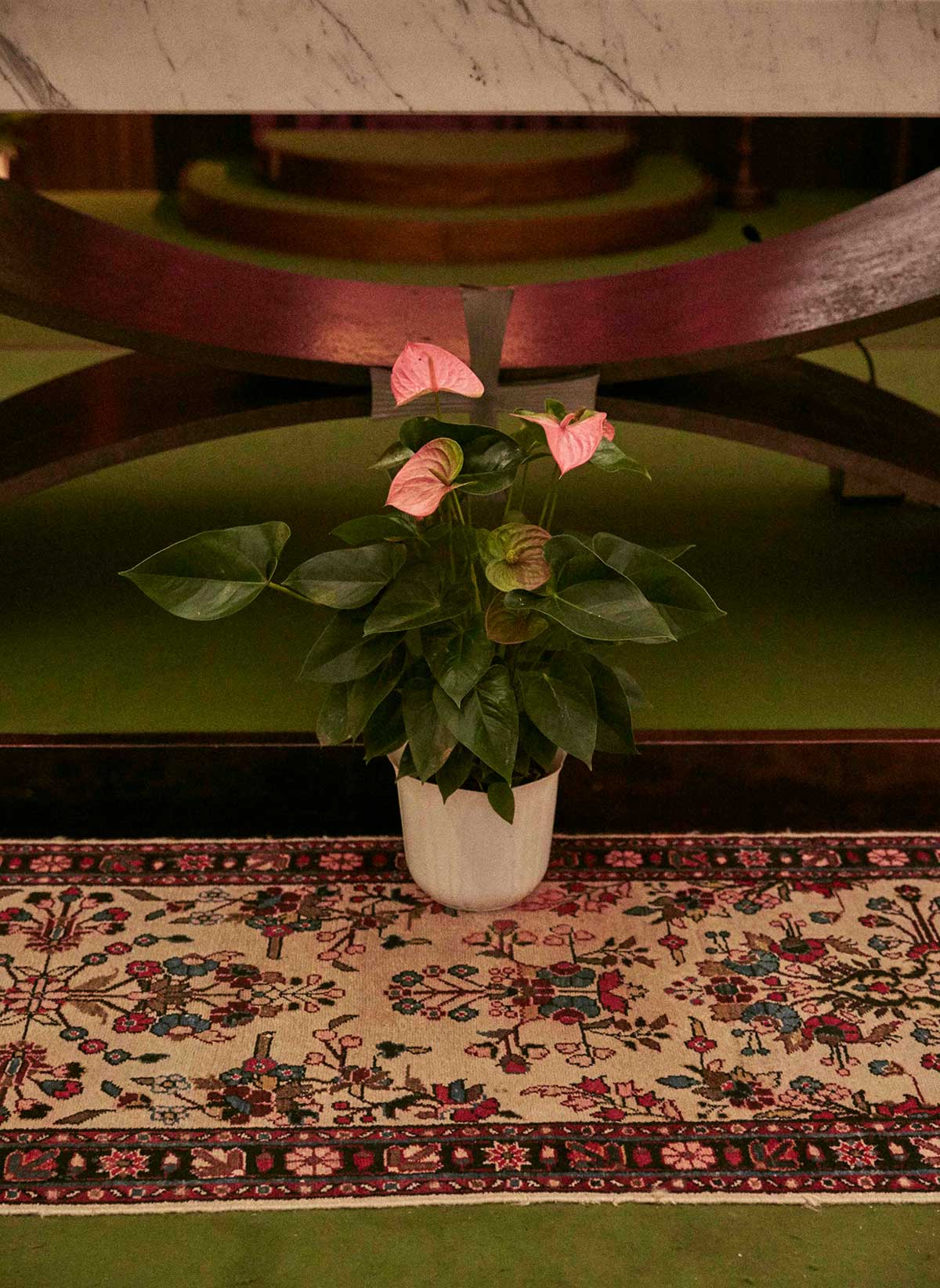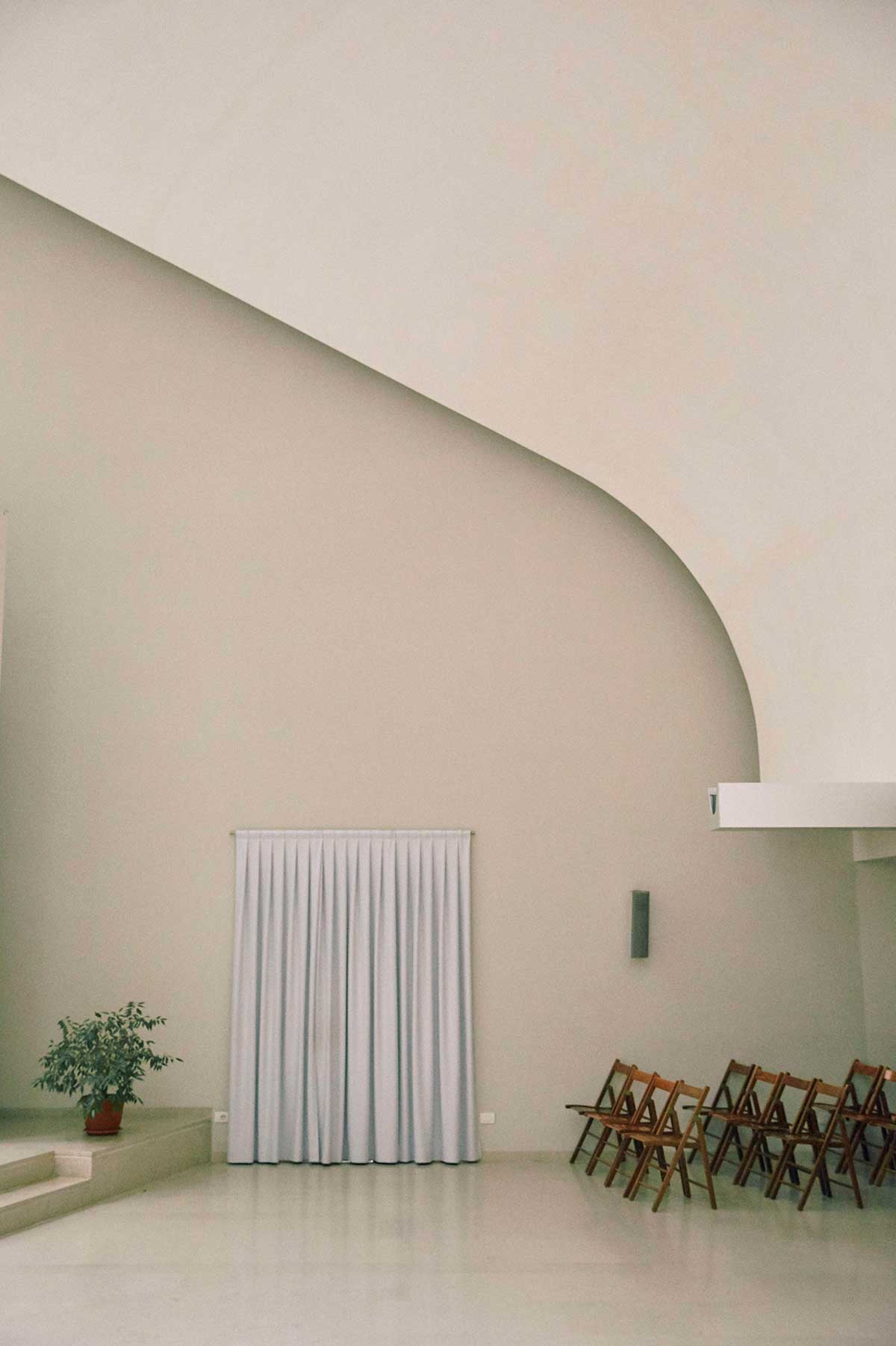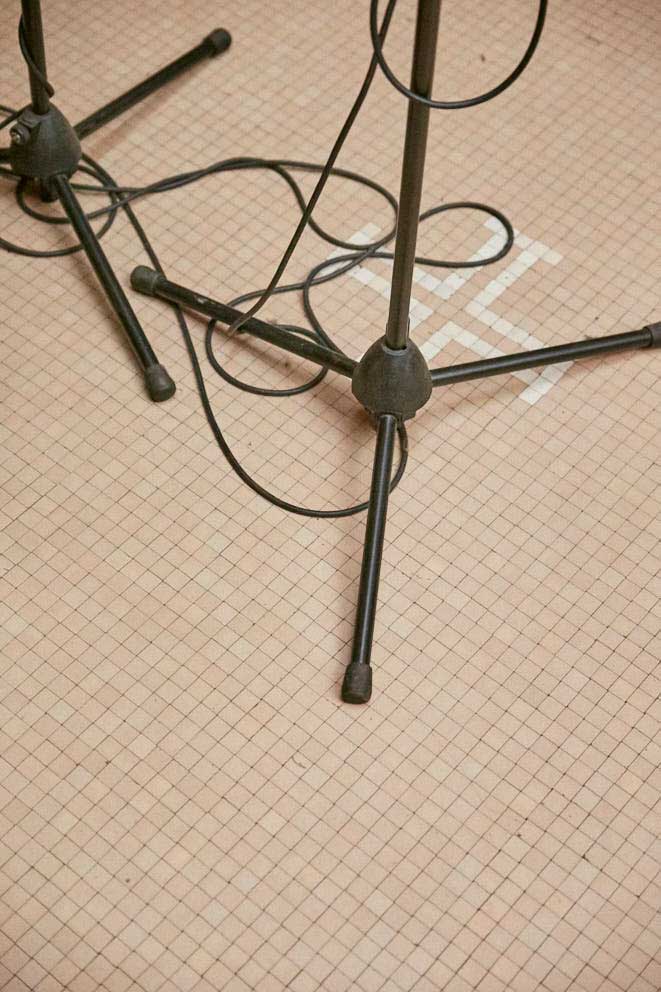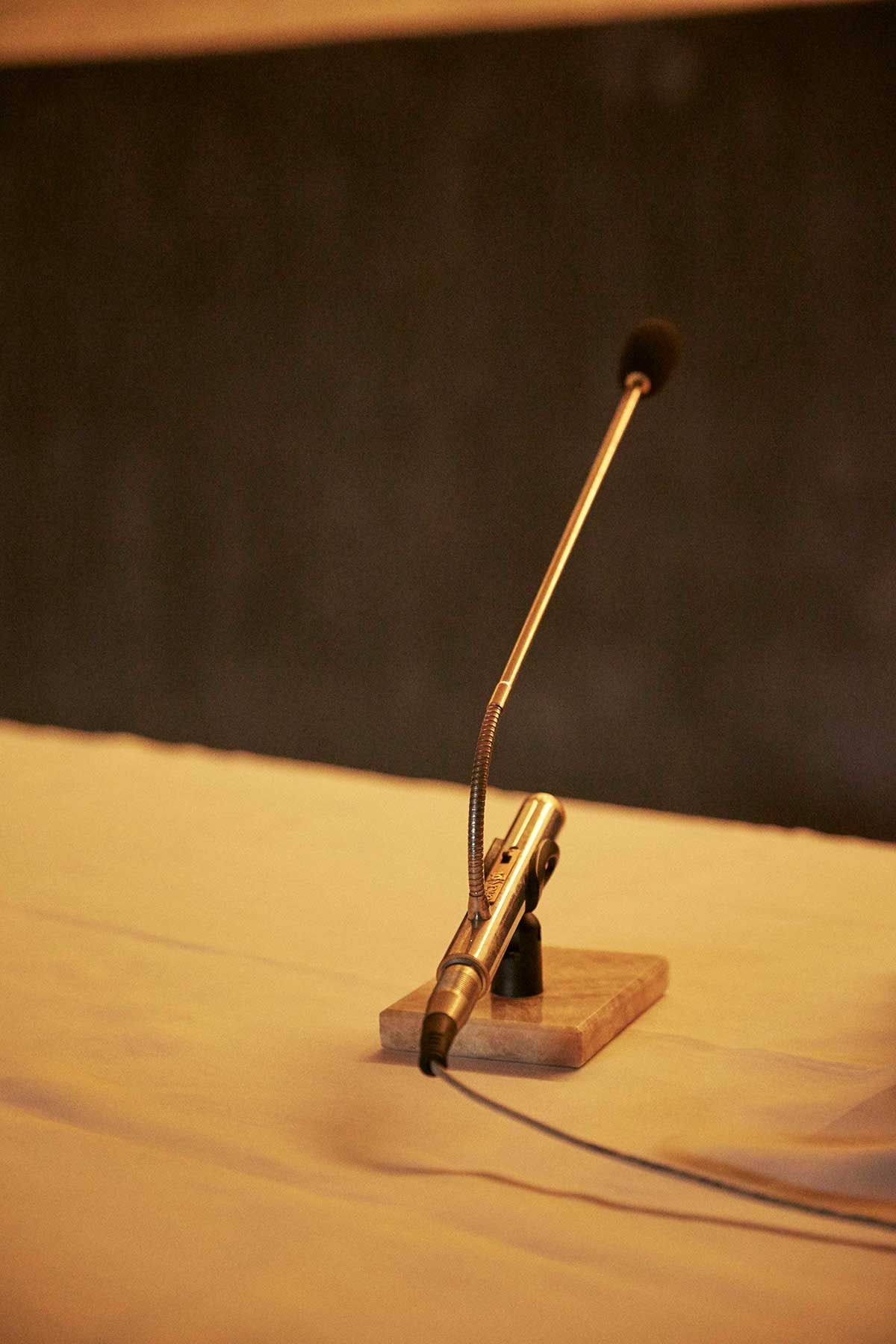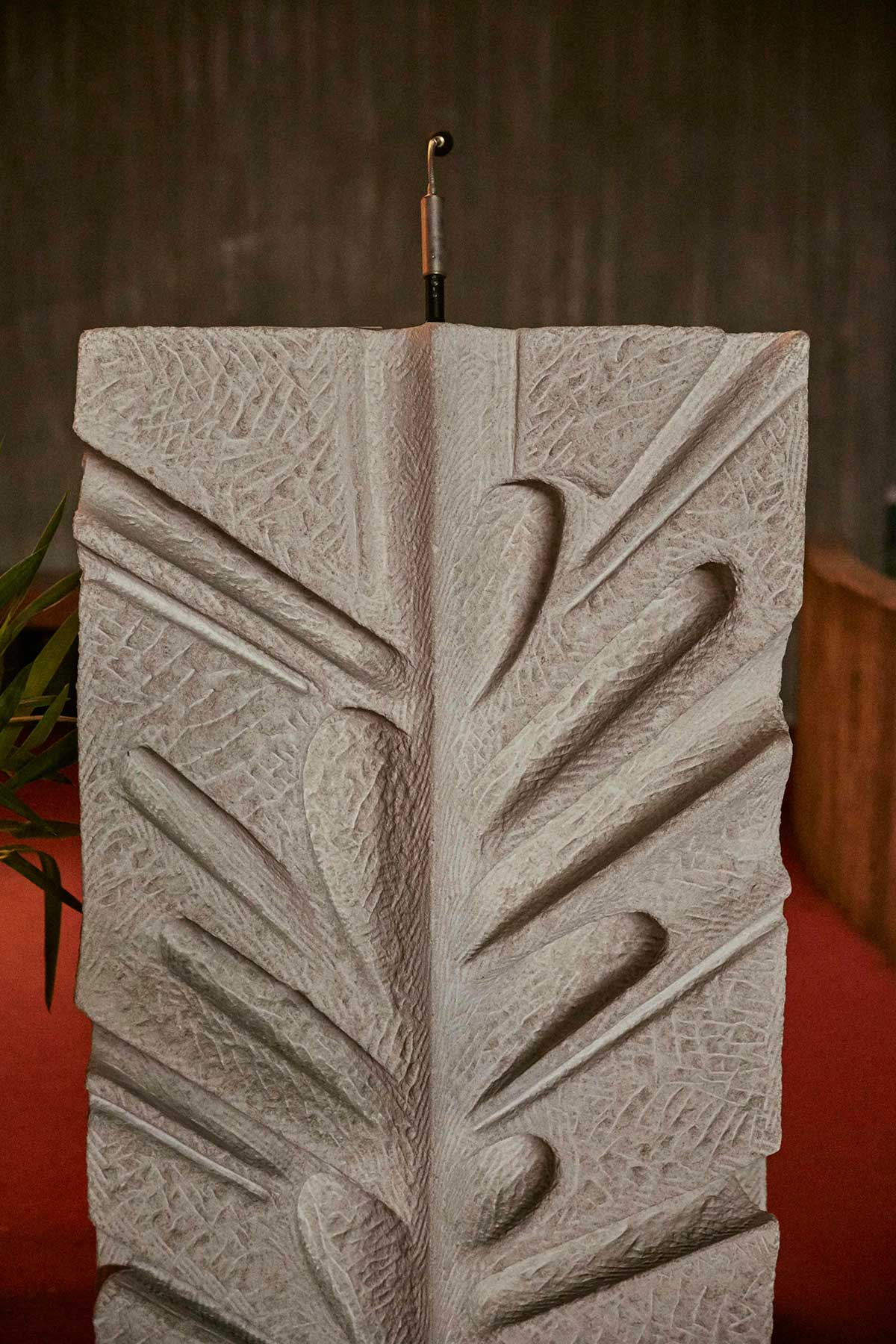Public Toilets, Private Affairs
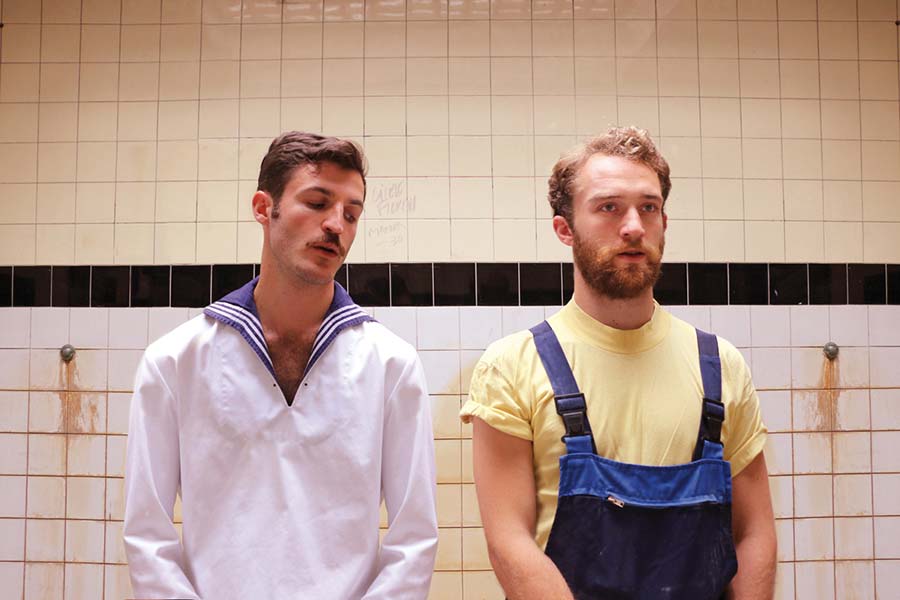
Urinals have always had a bad reputation.
For some years now, French photographer Marc Martin has been exploring the history and the stories of public toilets.
In these shrines, hijacked by men who have sex with men for generations, countless relationships and friendships have been forged, furtively, intensely, unexpectedly.
This re-purposing of public toilets will have left many more traces in the archives of vice squads than it has in the annals of world literature.
Such activities are, even today, more synonymous with shame than with gay pride. And yet, these public toilets, whose history is intertwined with the lives and adventures of many gays, Transgender people, escorts, libertines, are also unlikely bastions of freedom.
Transient, unusually social, these places were class equalizers where the differences between cultures and backgrounds were wiped away. Braving fear and risk, all sorts of men whose desires were repressed by society, found haven and came closer together in tearooms and cottages.
These “sordid” places offered the chance of immediate and anonymous sex. They served well all of those who couldn’t use their own homes, or who couldn’t be open about their sexual and sentimental lives. The cottages, the tearooms, had a clear purpose in society.
This underground visibility, often considered undignified and degrading, soon became the most visible manifestation of the existence of homosexuality. Ignored,later banned in law until the 1980s, this phenomenon has spread everywhere possible where there were men.
Behind closed doors, on shiny tiles, on peeling paint, millions of graffiti have built up. Devoid of rules and constraints, they’ve served to showcase the richness and variety of a parallel world. They had a voice that speaks a raw language; a vulgar language; a language that reflects the unspoken desires of a whole subculture, of a whole distinct world.
These graffiti were the precursors of classified ads, themselves the precursors of hook-up apps. In every city and village, these catalogues of desire had become totems of freedom and liberty, post offices, welcoming spaces to indulge in forbidden fruit – all at once. Hidden among racist slurs, insults, politics, jokes and cheap philosophy, was a manifestation of the need for love and intimacy. Marc Martin’s work has been shaped by all of these perspectives.

Marc Martin is not afraid to show explicit acts, even extreme, even dirty; but his photos always bring a different light from among shadows. His focus on the culture of urban urinals isn’t random; his approach transcends ages and generations. Marc prefers the messy realness of humanity to sanitized social expectations.
His objective is therefore not limited to capturing the last existing relics, like so many of the vestiges of the past. Marc gives new life to these relics through reconstituted settings, filmed confessions, and archive documents collected over many years.
He will also present his more recent photographic work, as well as the work of others, all surrounding a variety of relevant quotations collected from everywhere, down to a few unexpected urinals mentioned in the verses of Verlaine and Rimbaud.
From poetry to pornography, his work bears witness to the generation of today, of a type of sexual interaction that has virtually disappeared now.
Glorious or shameful, our good old cottage toilet no longer needs to blush about its past.
Text Daniele Pratolini
The exhibition is on display at the Schwules Museum Berlin from 17 November 2017 to 5 February 2018, accompanied by a program of events (talks, discussions and film screenings).

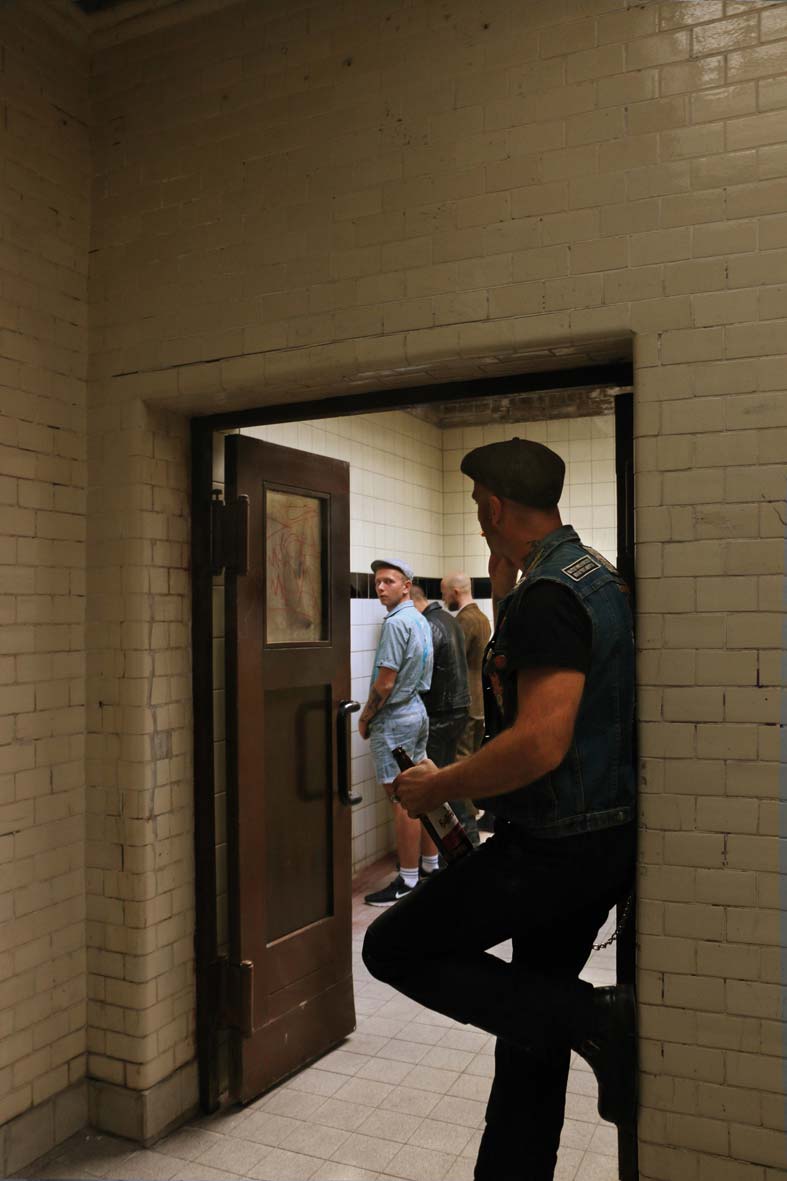
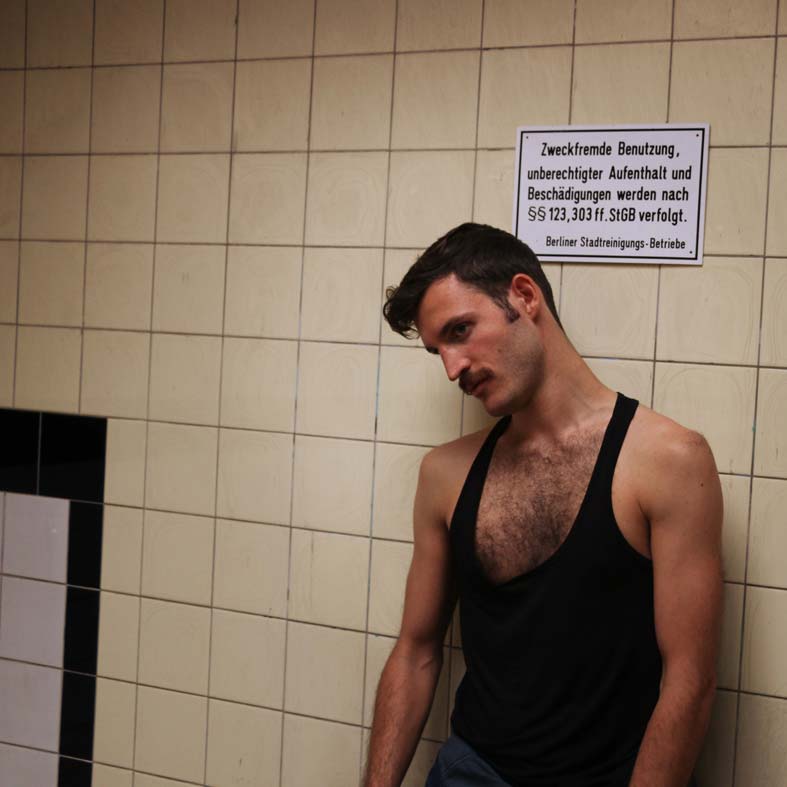
c.a.p.74024 / OUR KISS

The images of the cocktail launch that took place at MIART Gallery November 23th. ’17.
Faces and moments of the event.
Big thanks to MIART Gallery and to all the Miniaci family.
miartgallery.it
Thanks to Emanuela Russo and to Giardini d’Amore liqueur.
giardinidamore.com
And lot of hugs to our wonderful guests!
Pictures by Emily Gallè, Lorenzo Ryu Gerli and Carlotta Urban.
Le garçon à la ferme

Photo, styling and art direction by Giuseppe Riserbato
Model: Freddie Ashcroft @Elite Model Management
giusepperiserbato.com
instagram.com/griserbato
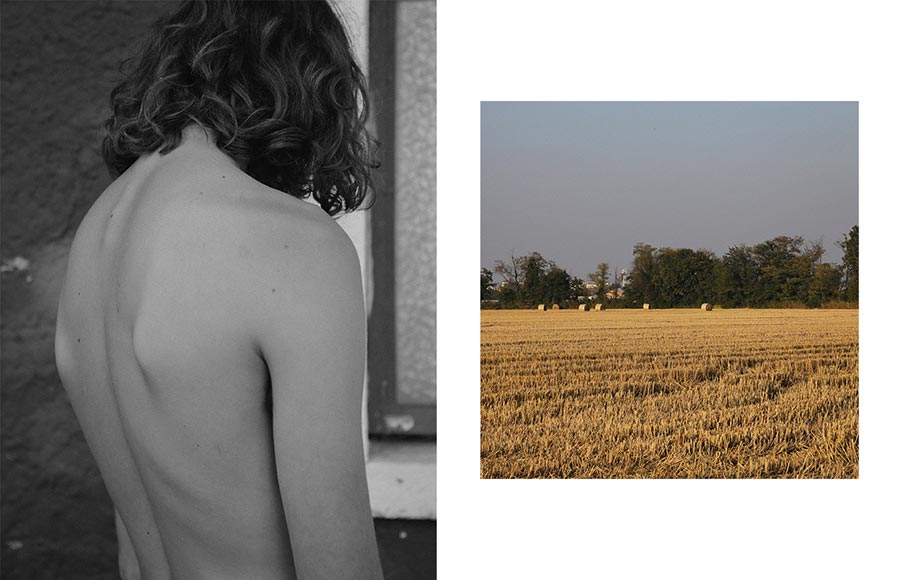
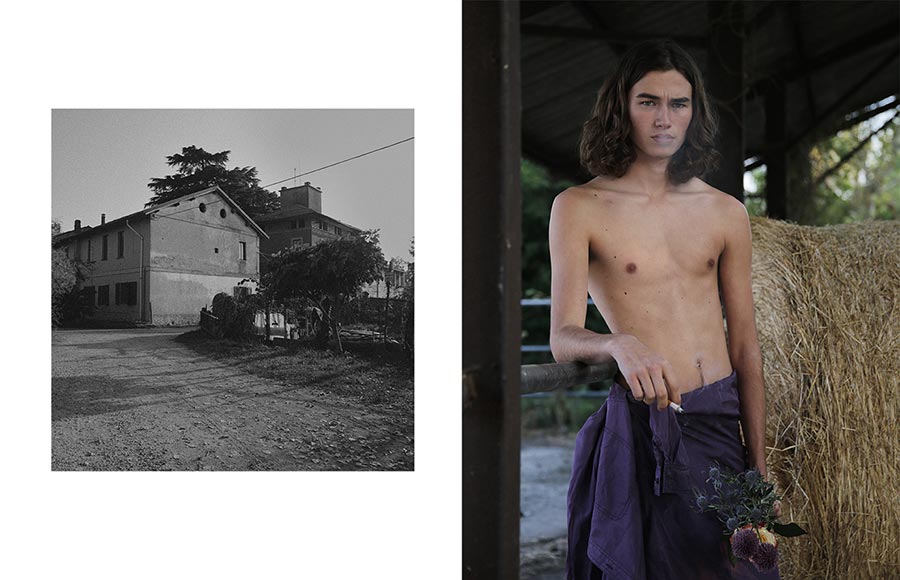

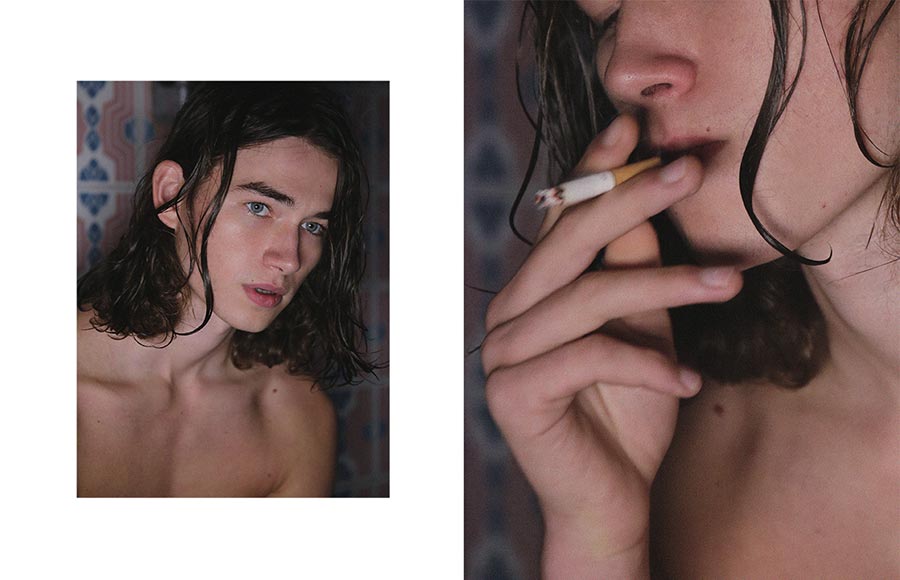

By the sea
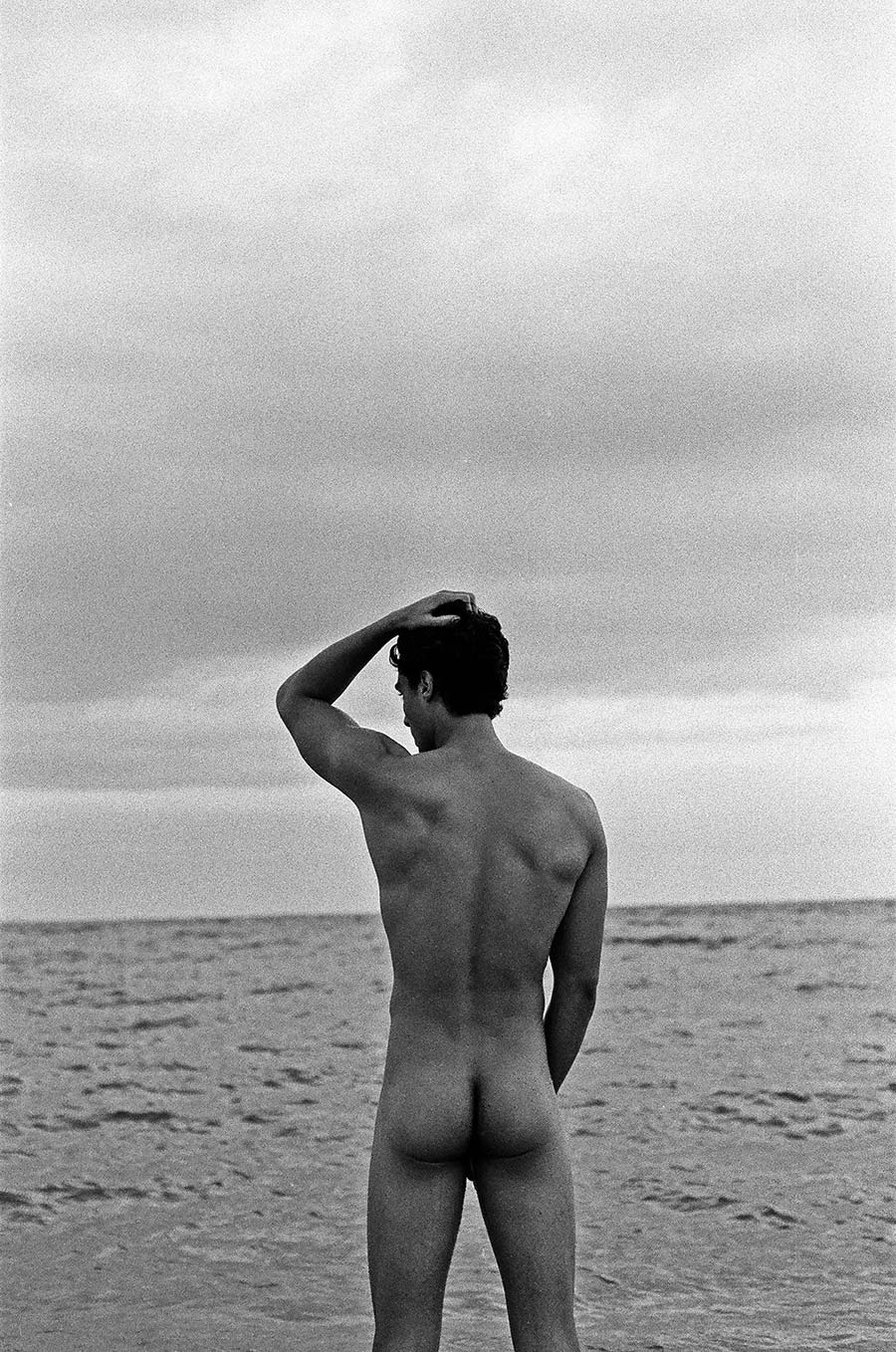
These are some pictures I took on the beach in Sant Pol de Mar, Spain.
Krystian Lipiec
lipieclipiec.tumblr.com
instagram.com/lipiec_lipiec
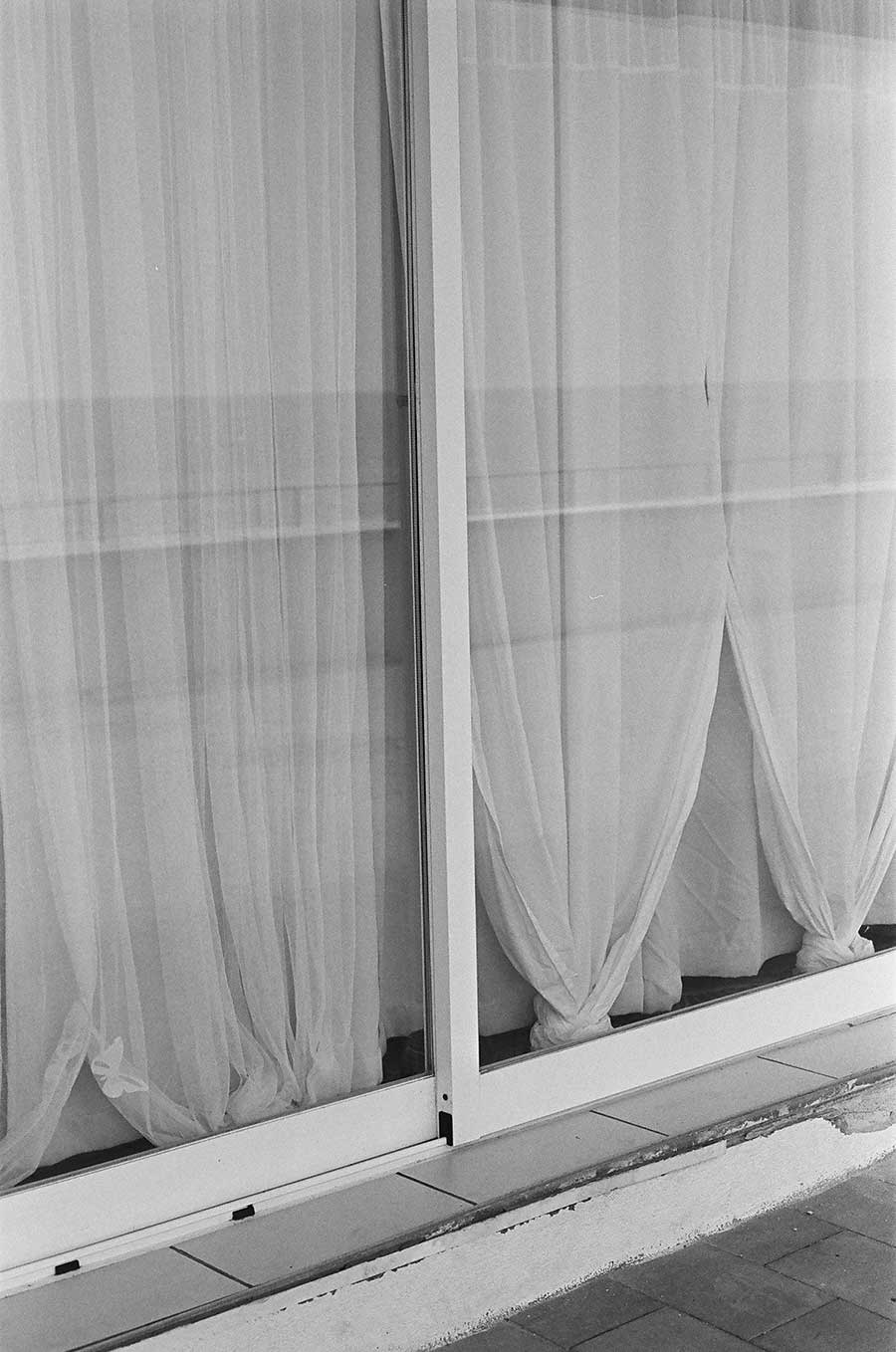
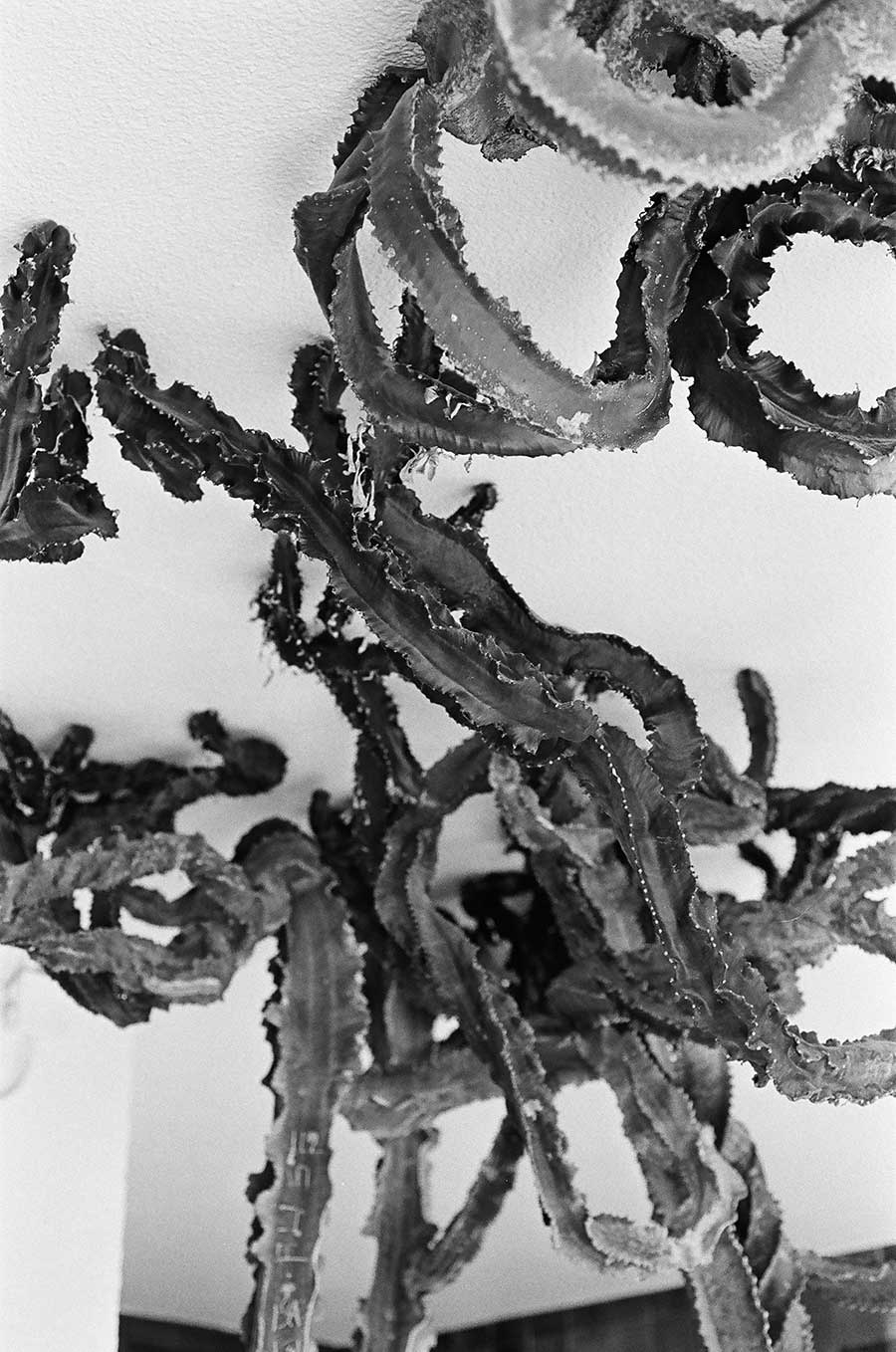
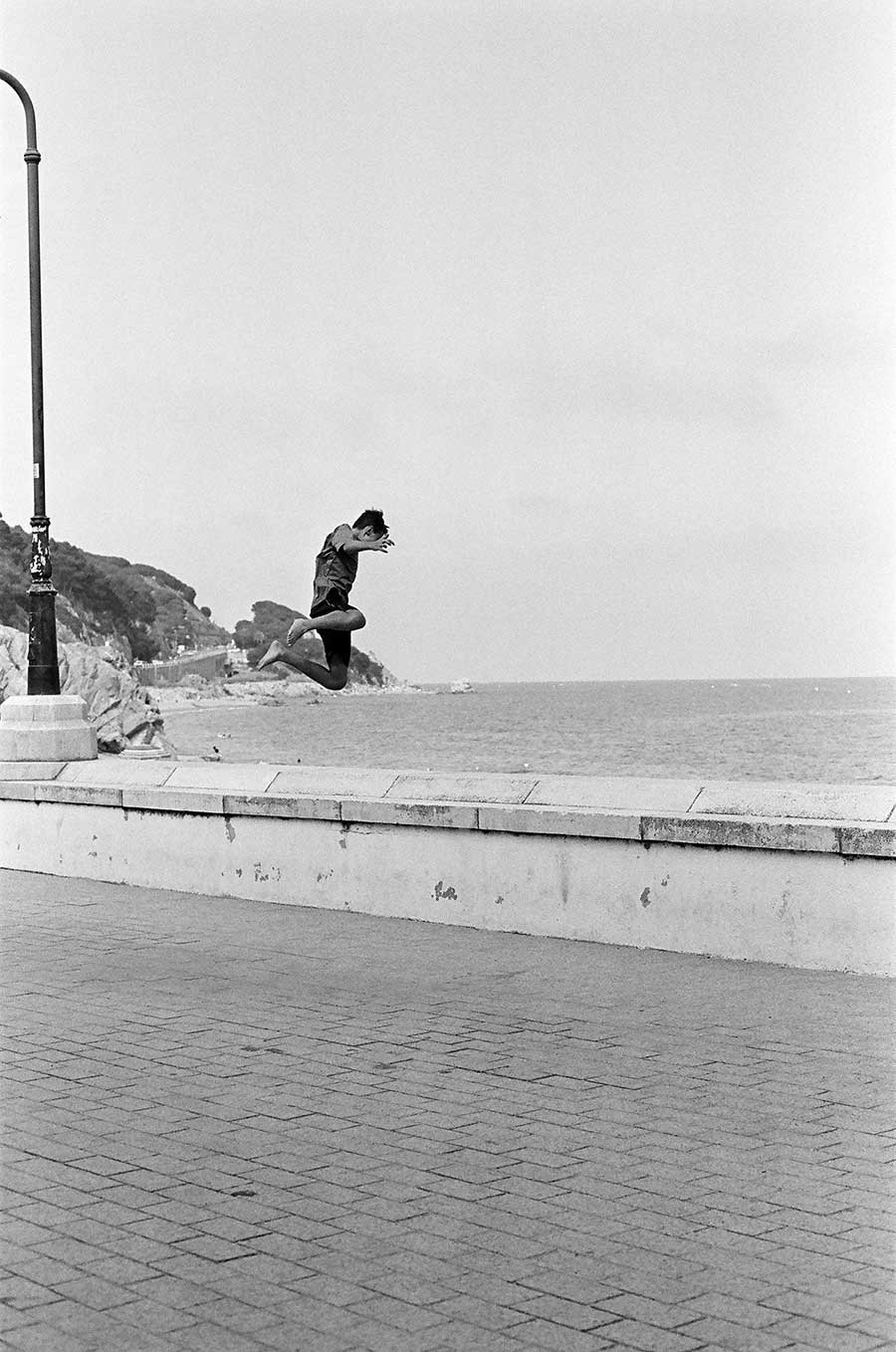
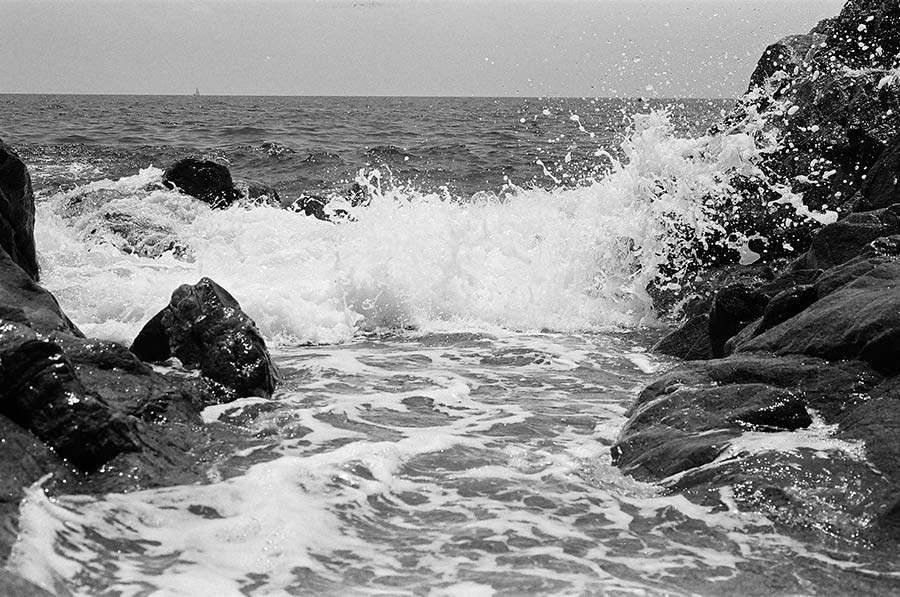
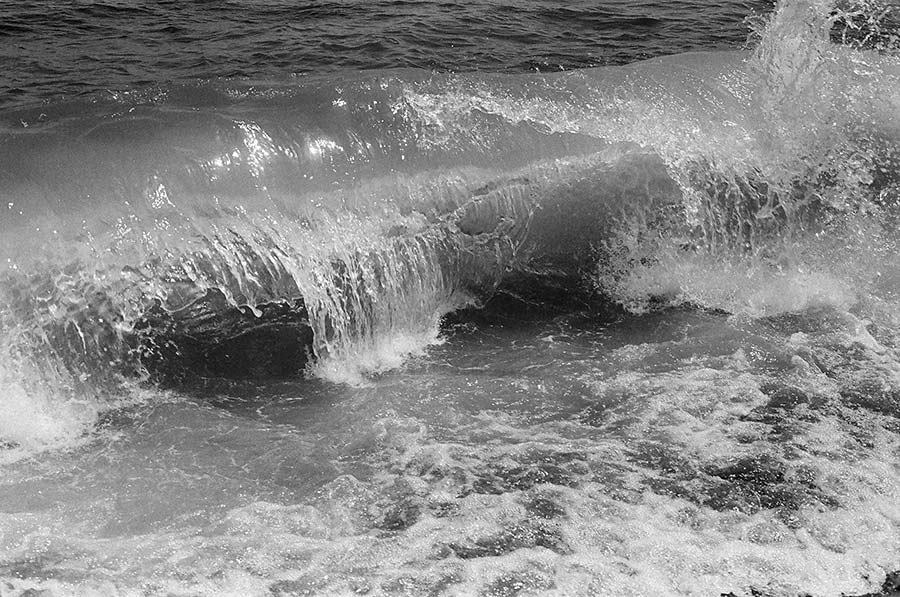
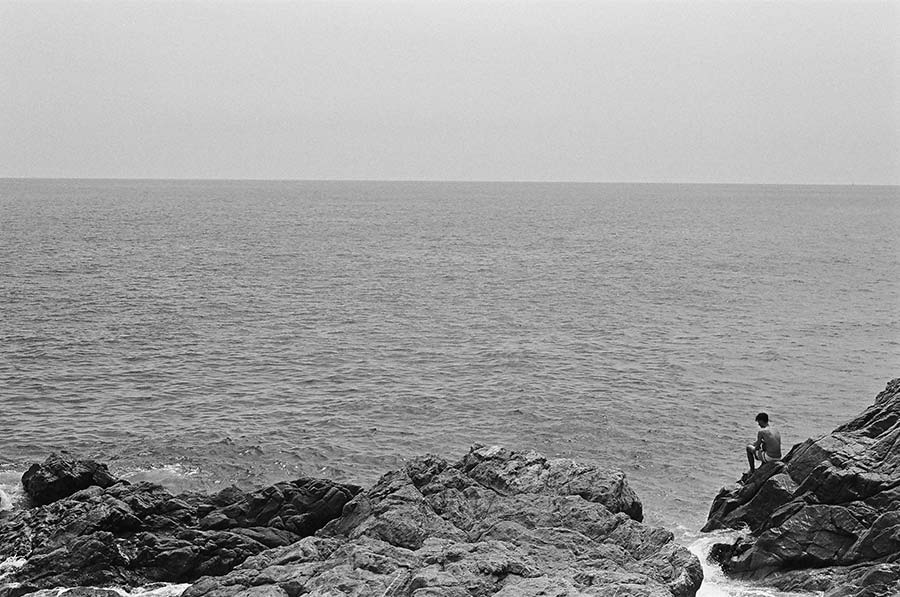
St. Moritz Art Masters

Markus Raetz, photogravure printed in red and black on Gampi paper chine colleé
Monty Shadow, founder and mastermind of St. Moritz Art Masters, along with director Philipp Noller, saw in this legendary town the perfect setting to create a platform that encouraged such encounters – inspiring, rewarding, and unexpected.
Between August 25th. and September 3rd., the town of St. Moritz as well as Zuoz and Samedan will celebrate the “Best of SAM” and will showcase works by David Hockney (at the Italian blockbuster gallery Robilant + Voena), Roger Ballen (at the German blockbuster gallery Karsten Greve), an insight look into “the Art from the Pirelli World” with a thorough presentation of their Design objects as well as a 70 images, including a solo show by Peter Lindbergh,
taken from his three Pirelli calendars.
Furthermore, a solo show by Lenny Kravitz and many other exhibitions.
This year’s edition will be supplemented by an internationally selected group show in the historic setting of the Hotel Bernina 1865 in Samedan, a new group exhibition curated from the renowned Montblanc Cutting Edge Art Collection at the School House as well as an homage to the African Art Scene through a presentation by the Imibala Foundation, on view at the Badrutt’s Palace Hotel in the heart of St. Moritz.
More info: stmoritzartmasters.com

Peter Lindbergh, Settimo Torinese – 2016

Julian Schnabel, Antonioni Was Here 343 x 241cm

Joseph Marr, Vanitas Cola: sugar resin and cola flavor – 2016

Alfred and Eva Bradler, Steinflut, Piz Lagreve

David Hockney, Maurice Payne: ink on paper – 1967 (courtesy Offer Waterman, London)

Martin Kippenberger, Transportabler UBahn Eingang – 1997

Lenny Kravitz, from the series Flash

Roger Ballen, Window Shelf: Archival inkjet print on paper – 2012 (courtesy Galerie Karsten Greve, St. Moritz)
Yellow Animal
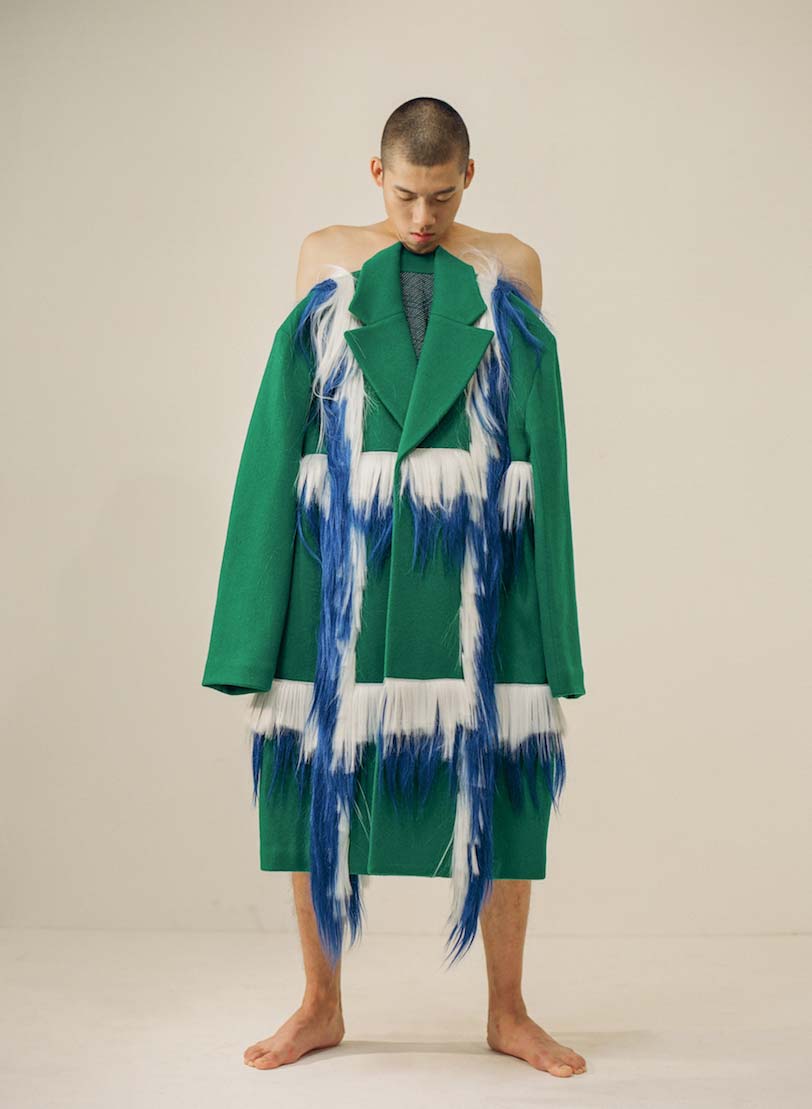
Photography: Ko Myunghun
Styling: Lee Pillsung
Hair and make up: Lee Jieun
Model: Yun Hoseok
Credits:
Blue jacket INOK CHUNG
Stripe pants PALETTE
White shirts INOK CHUNG
Black shoes DIOR HOMME
Green coat INOK CHUNG
White shirts INOK CHUNG
Silver shoes SAINT LAURENT
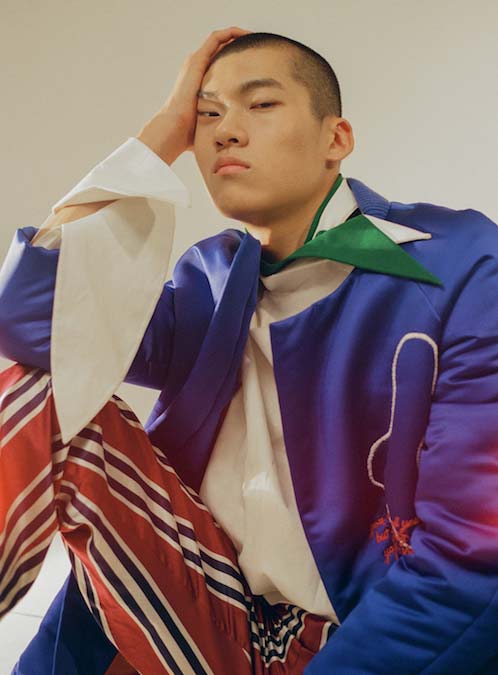




Dust
Photography by Martina Lucarelli

Photographer: Martina Lucarelli
Styling: Tess Matozza
Make-Up: Ilaria Costantino
Model: Ylenia Tarricone
Chanson Didocentrique
Photography by Dido Fontana

Dido Fontana is an Italian photographer. He does not retouch his photos because, as he’s used to say, reality itself is even too interesting. His style has been defined anti-fashion and neo-baroque.The photographer’s recent work is between his solo and group shows in Europe and United States and the commissions he has been given by the world of fashion, communications, and publishing. This is, overall, a wide-ranging production in which two areas, specifically those of creation and commerce, have melded together to allow the emergence of an omnivorous creativity and a strong photographic personality, both with regards to the interpretation of his means and for the definition of his subjects. His last work is called “Amen”. The title is already a promise of a specific landscape. A conceptual allegory that, presented as an attractive provocation, represents desires, ambitions, and the idea of a desire for power that for its very nature needs trust, total acceptance, and continuous fulfilment.
Love, knowledge, enlightenment, emancipation, strenght, control and power. They’re all in “Amen”, your last project. Tell me something about it. When did you think about it? How did you work on it? And when did you realize it was done?
It’s a kind of initiatic training. It’s about the understanding of the Value. It’s about growing and progressing: those are all rings of the same chain. It is a never-ending project that takes shape from a childish reflection that becomes a research and then a visual manifestation of this path; the art installation created for the exhibition at Boccanera Gallery (http://www.arteboccanera.com) is the occasion to define a exact date for a research project that goes on. I speak about the importance of knowing the tools (inner tools and outer tools), I speak about freedom (of thought and language), it’s about the use of personal rituals and about the work necessary to allow the imagination to become action and finally a creation. I see it as a unique work consisting of five unique works: photography, sculpture, graphics, painting, music, to give life to a complete experience.
Your district is in Dolomites.
I was born here and I live here. I can feel at home in many cities of the world but I feel that my god lives on the top of the mountains and he pretends silent.
There’s always something erotic about your pictures.
If it’s there I don’t think about it and I don’t seek it, maybe it’s a consequence. The thing that attracts me is that I prefer to photograph people who have not (yet) acquired the bad habits of the professional models and therefore they are more natural and less calculated.
Eroticism implies a kind of sophistication that bored me: malice, complications and vices are all elements very distant from me, a sort of cultural superstructures that I feel ‘em as unnecessary complexities. Maybe ‘cuz I’m up with all sort of tricks.
What’s beauty to you?
The sunrise.
Text by Daniele Pratolini
Photography Dido Fontana
Fix it
Photography by Emanuele Ferrari


Photographer / Director: Emanuele Ferrari
emanueleferrari.it
@emanueleferrariph
Art: Rebecca Coltorti
Model: Tanya
Producer: Junior Luigi Giuliani
Location: Milan
Licensing: Art Partner
Churches: a contemporary portfolio
Photography by Stefan Giftthaler

Why photograph Milan’s contemporary churches?
The story of a unique architectural ensemble.
“First I drew a box that looked like a house. I could have been the house I lived in.
Then I put a roof on it. At either end of the roof I drew spires. Crazy (…)
I put on windows with arches. I drew flying buttresses.
I hung great doors. I couldn’t stop”.
Raymond Carver, Cathedral
What is a church like today? American architect Peter Eisenman posed just this question in his design report presented upon invitation to the International Architecture Competition for the Church of 2000. But the question one should ask, as he himself admitted, is different. What is architecture like today?
Speaking of religious buildings entails going beyond the spiritual value of the work. And this holds particularly true in the archdiocese of Milan, the sole commissioning party, unique not only due to its size (encompassing more than 1100 parishes, it is one of the largest dioceses in the world) but also to its liturgy, which is Ambrosian, different from the commonly adopted Roman rite.
The churches portrayed in this project, built since the 1950s, tell a significant part of the history of Milan and its outlying areas. They tell everything from the burgeoning population after World War II up to the Catholic Church’s new requirements for renewal and dialogue with contemporary times, expressed by the Second Vatican Council. Yet there is much more. This unprecedented itinerary brings out a special time in architecture. A series of well-known designers, including Gio Ponti and Cino Zucchi, or even unknown designers, are anxious to experiment with new formal languages and measure themselves up to the complexity of a building whose function is declaredly representative and must respond to specific codes and values, in aesthetic, technical, and semantic and liturgical terms. The buildings selected are striking due to the variety of the solutions expressed. The materials, the light, the compositional geometry and the colours all hinge around an unvarying cannon. If there is any common element to be found in these spaces — sacred and inhabitable alike, physical and spiritual alike and therefore finite and infinite alike — it is subtraction, understood as the ability to condense.
From the centre of Milan to Varese, through the various parish churches in Milan’s archdiocese, the anti-rhetorical work of photographer Stefan Giftthaler, curated by the Anticàmera agency, aims to generate a mapping of the territory that brings to mind a re-appropriation. It is an analysis that rediscovers much loved and much hated architecture, never trivial but often undervalued. As integral parts of neighbourhoods and small villages, the churches chosen stand as points of reference in the everyday lives of their communities. Whether they are lay or believers it hardly matters. Because Milan, like Proust’s Combray in In Search of Lost Time, “was no more than a church epitomising the town, representing it, speaking of it and for it to the horizon”.
Text by Annalisa Rosso
Anticàmera
anticamera-location.com
@anticamera_location
Stefan Giftthaler
stefangiftthaler.com
@stefangiftthaler


